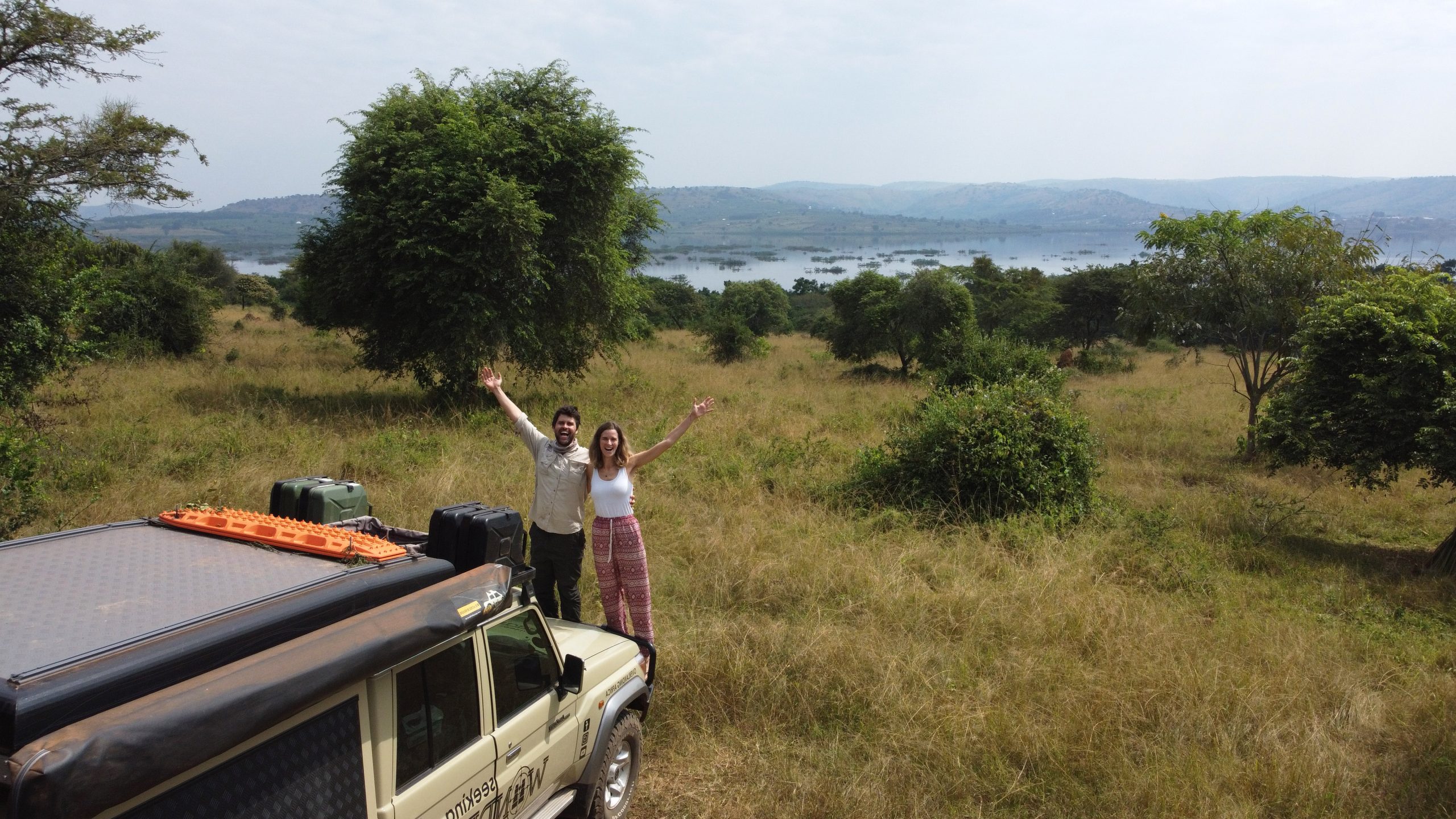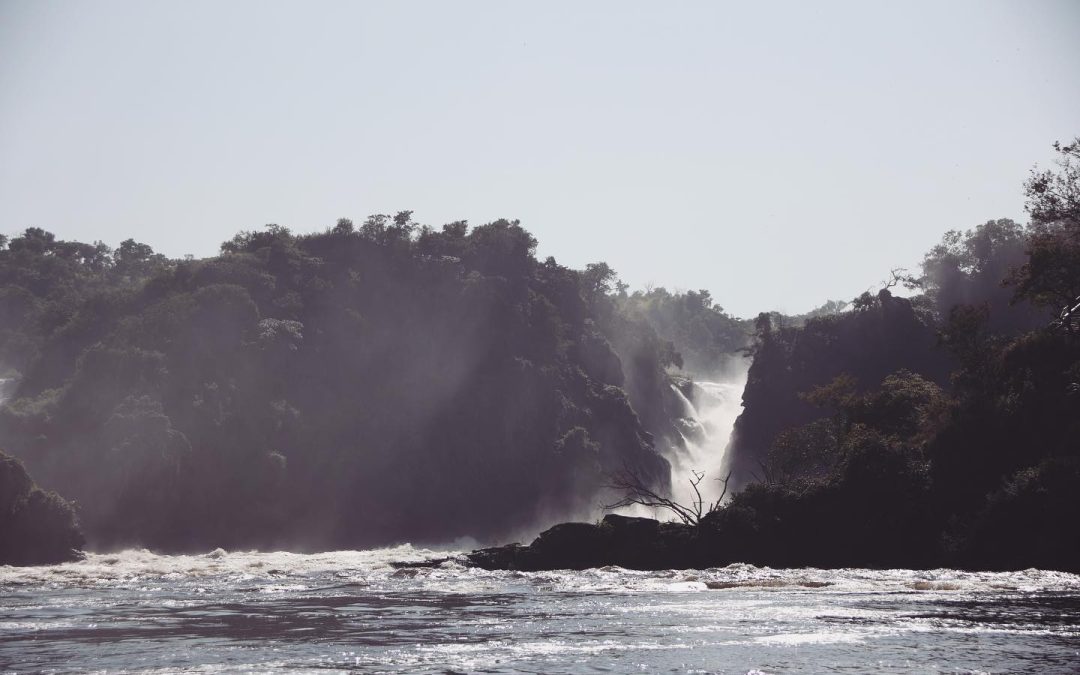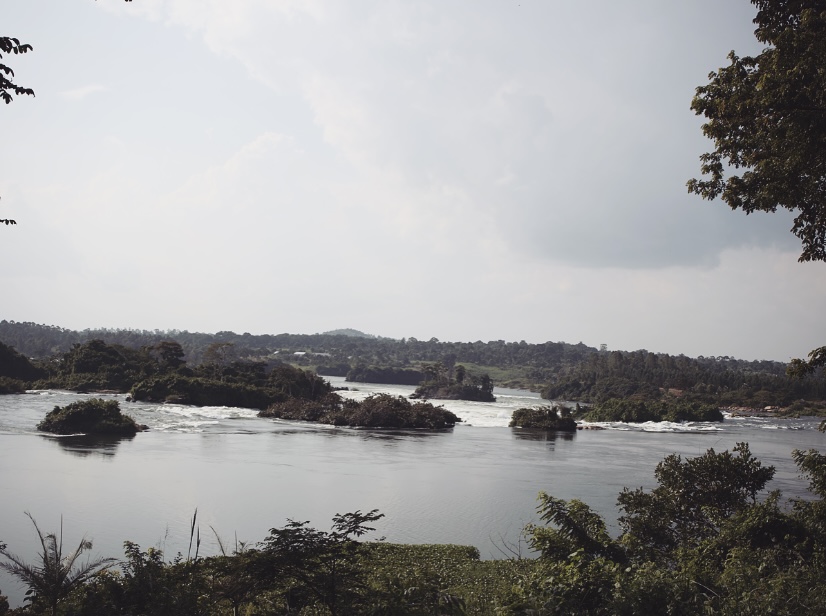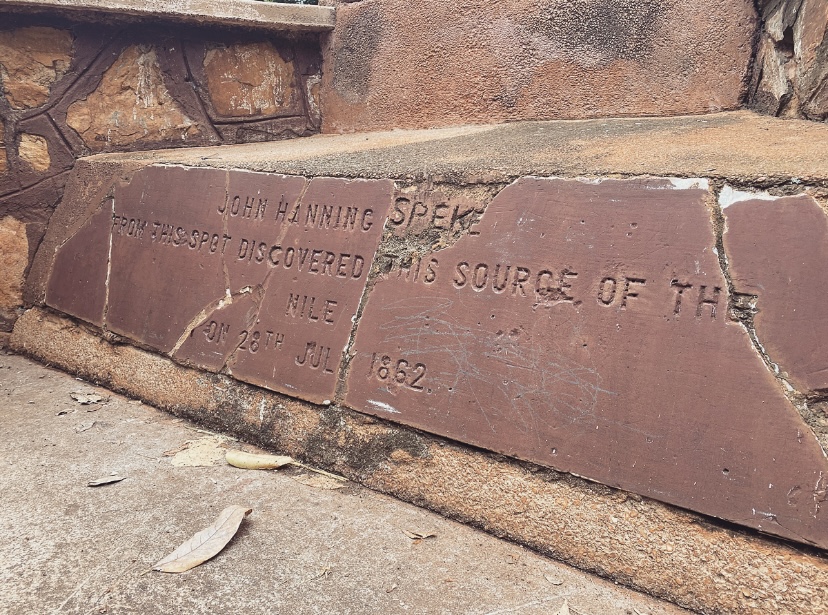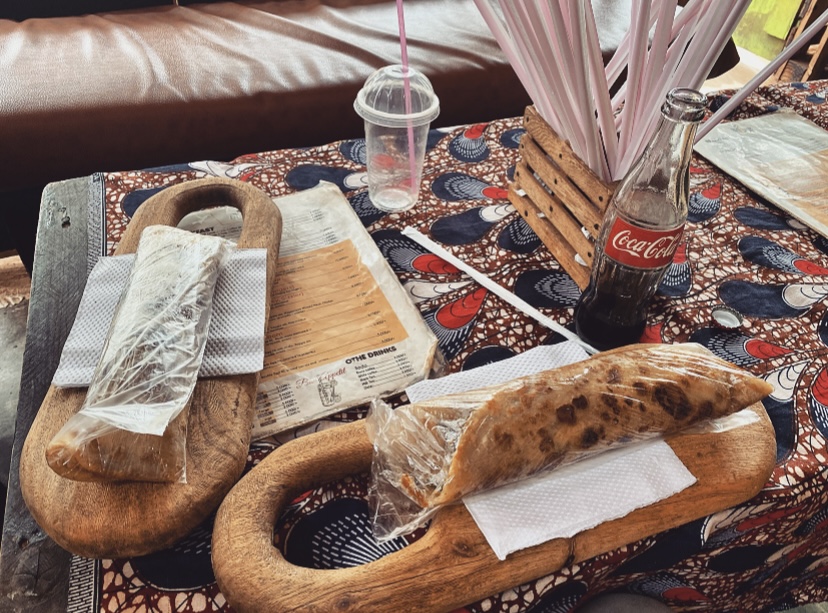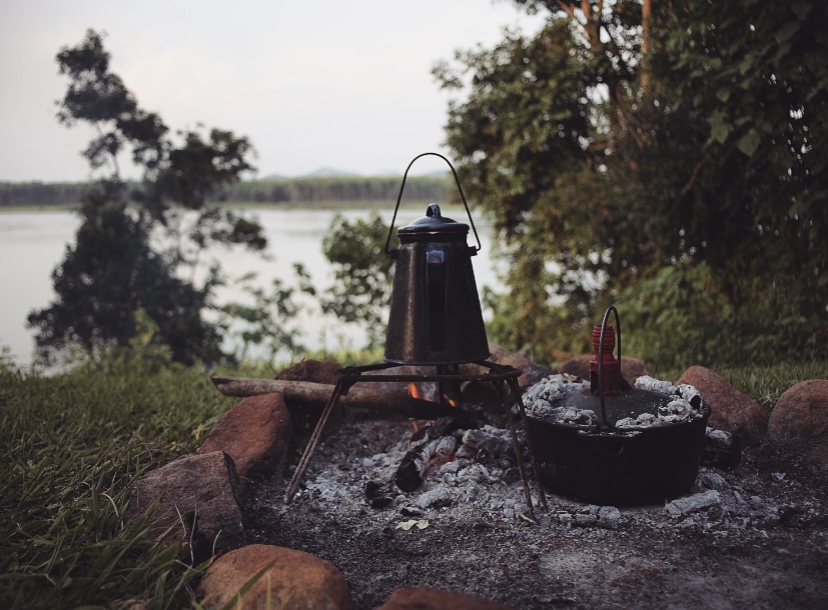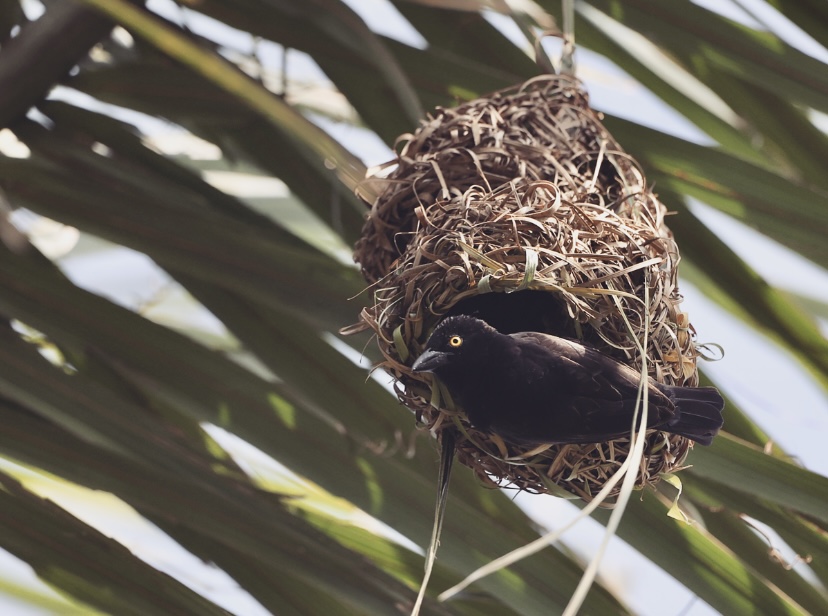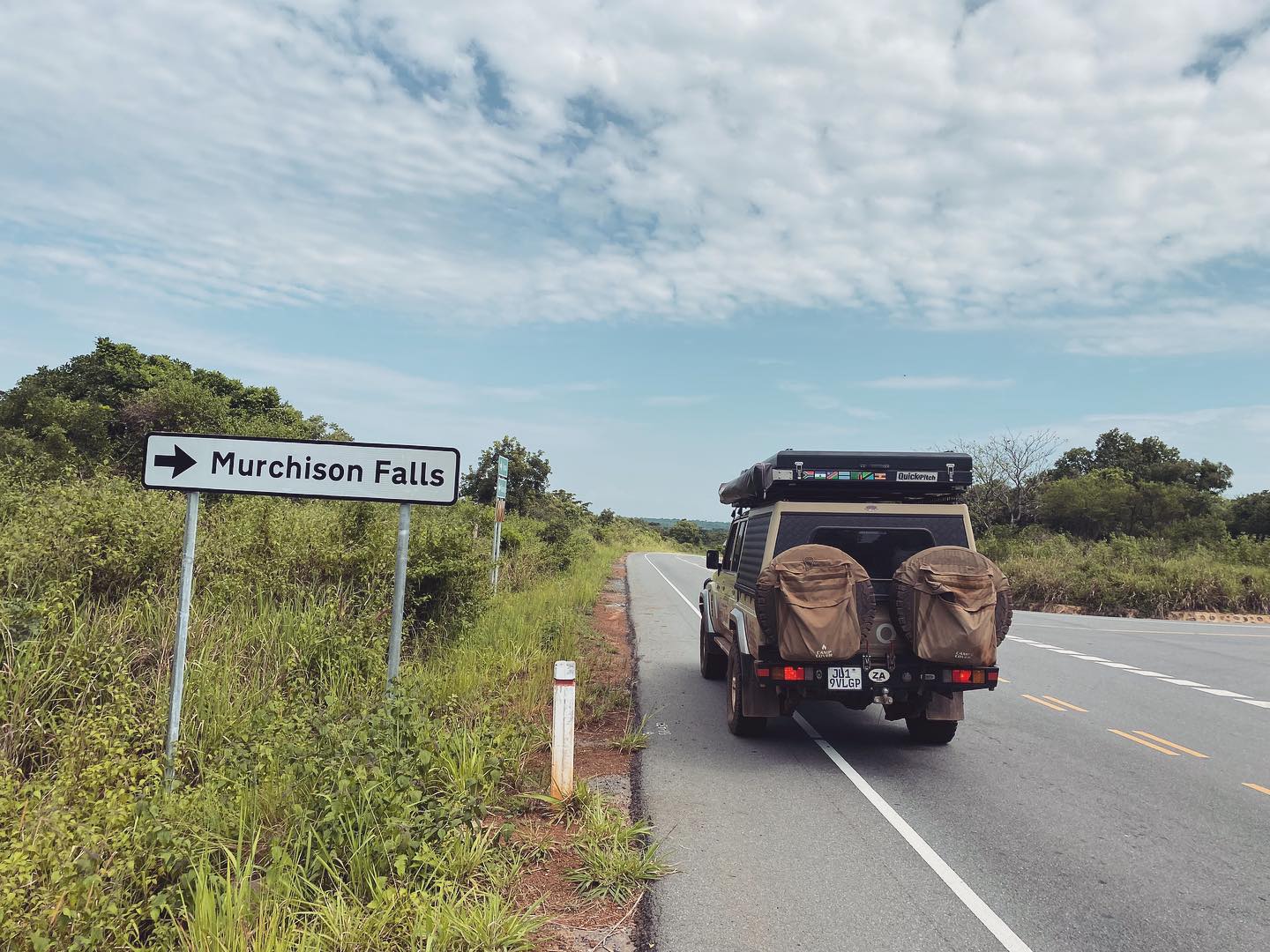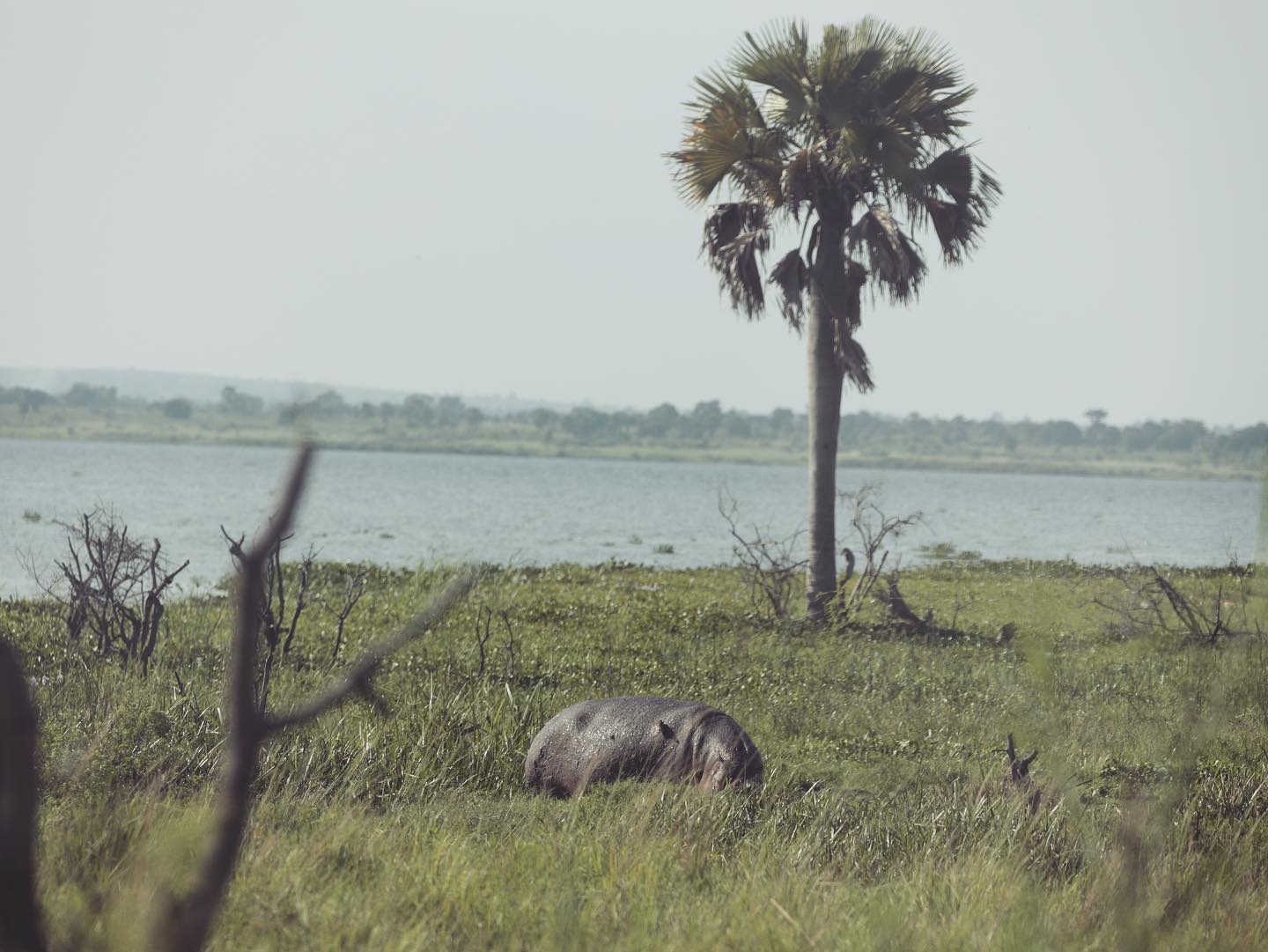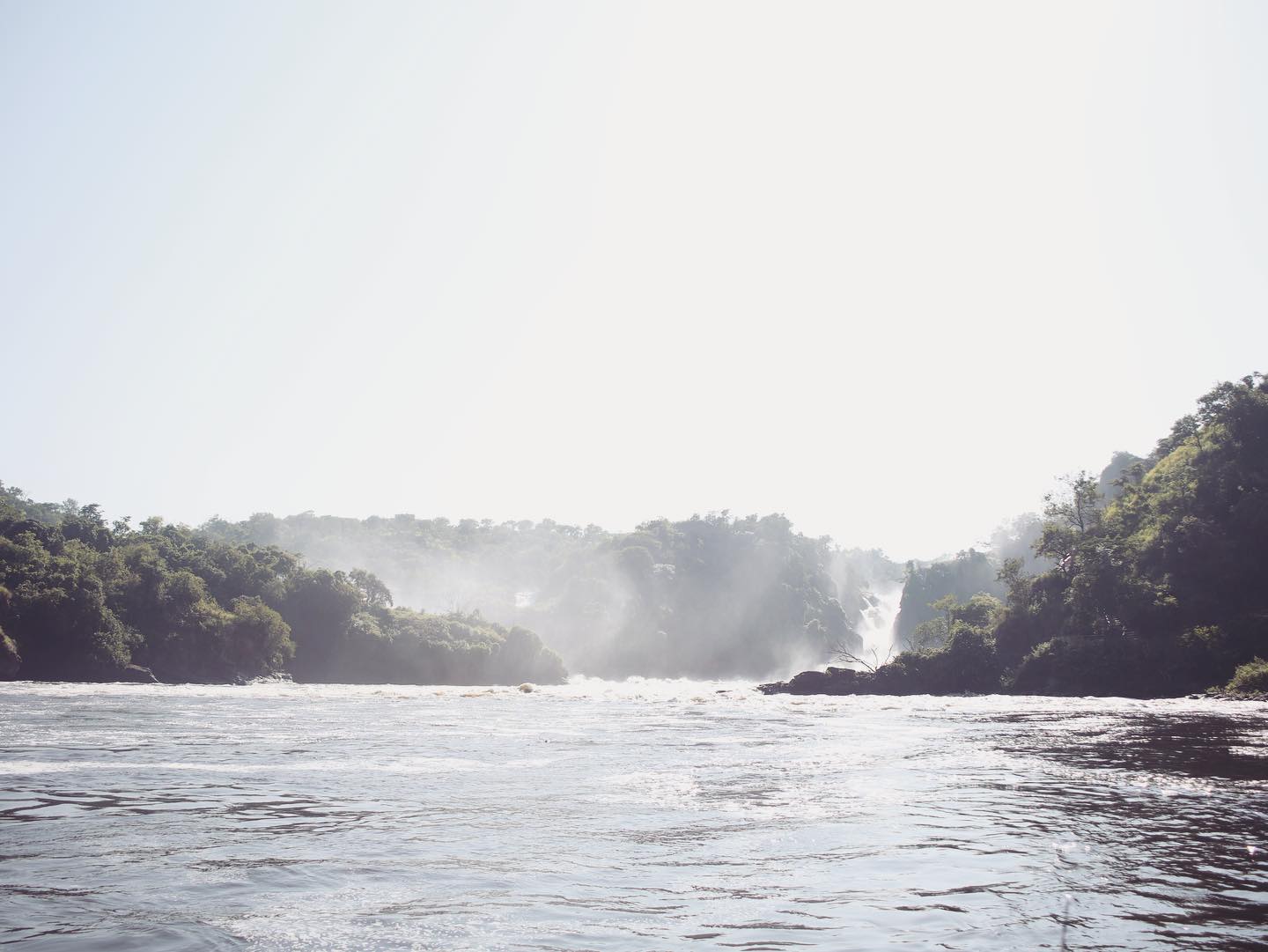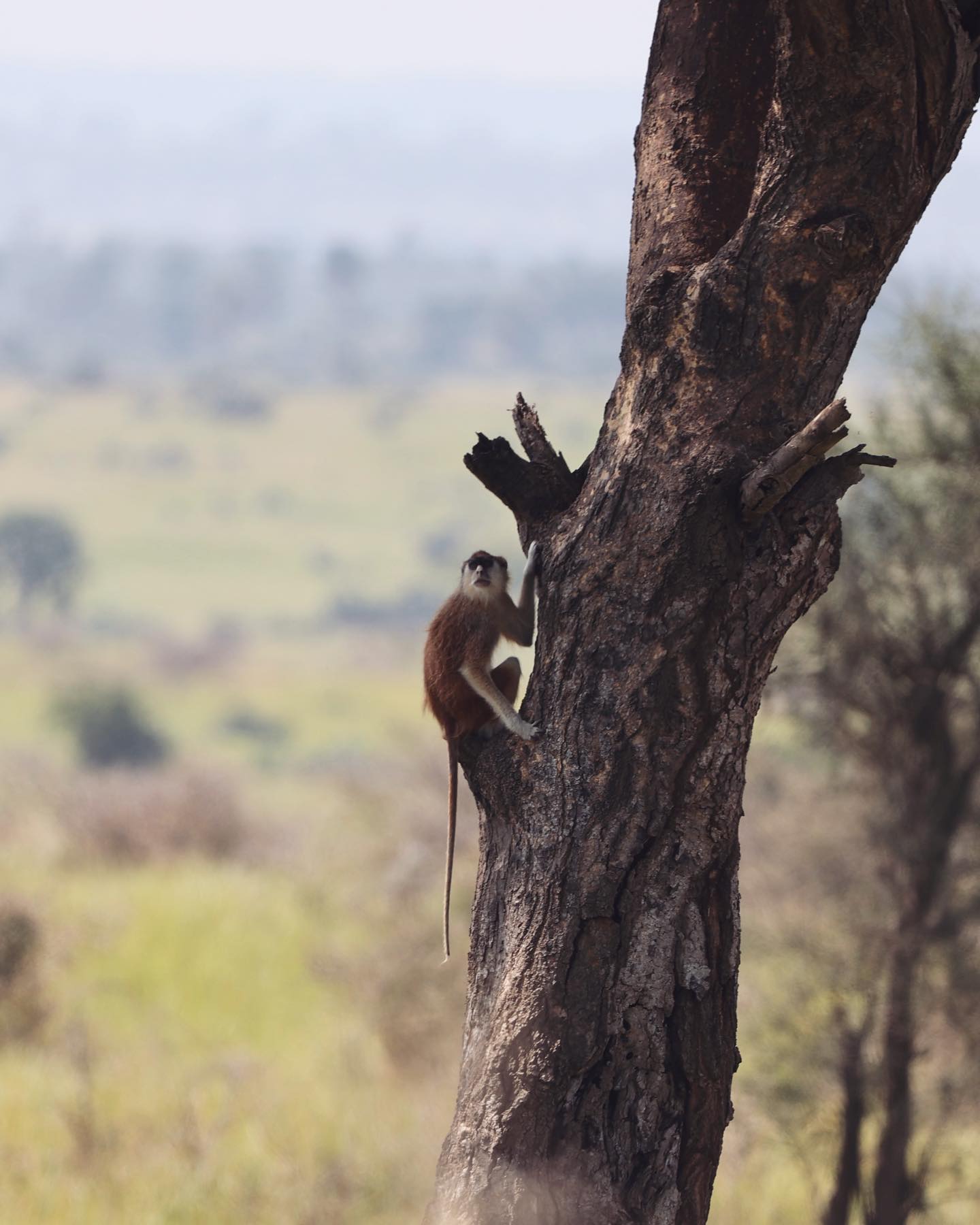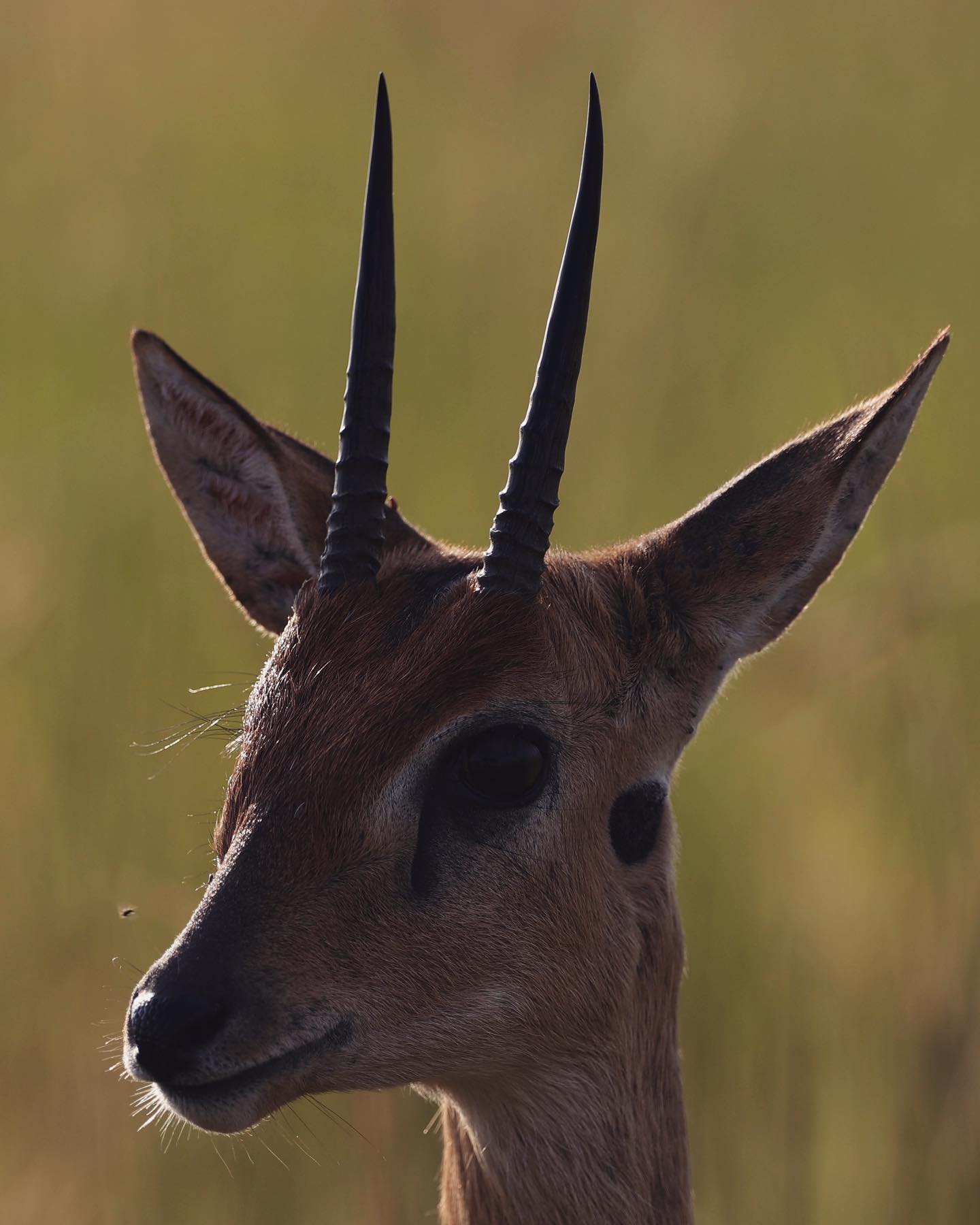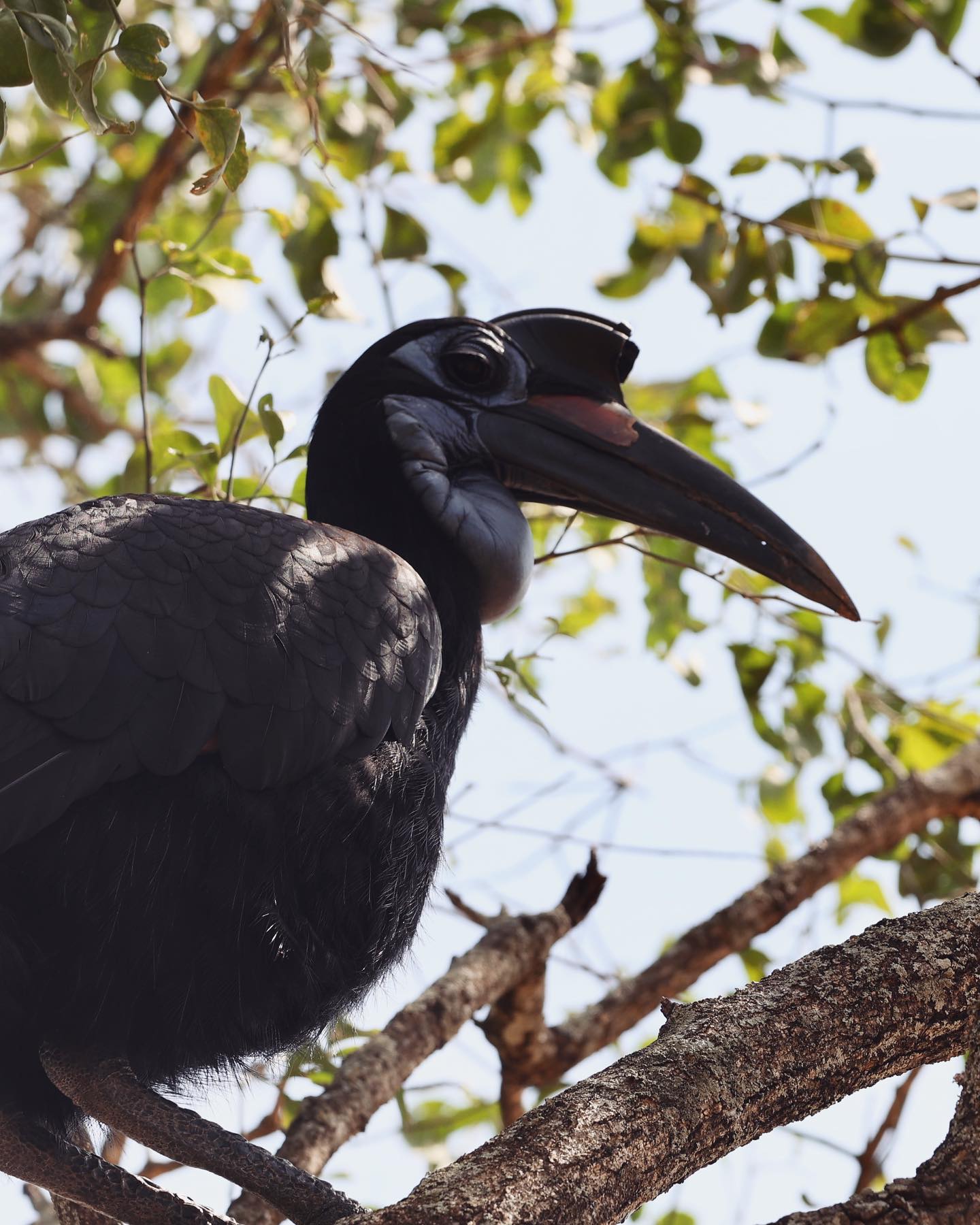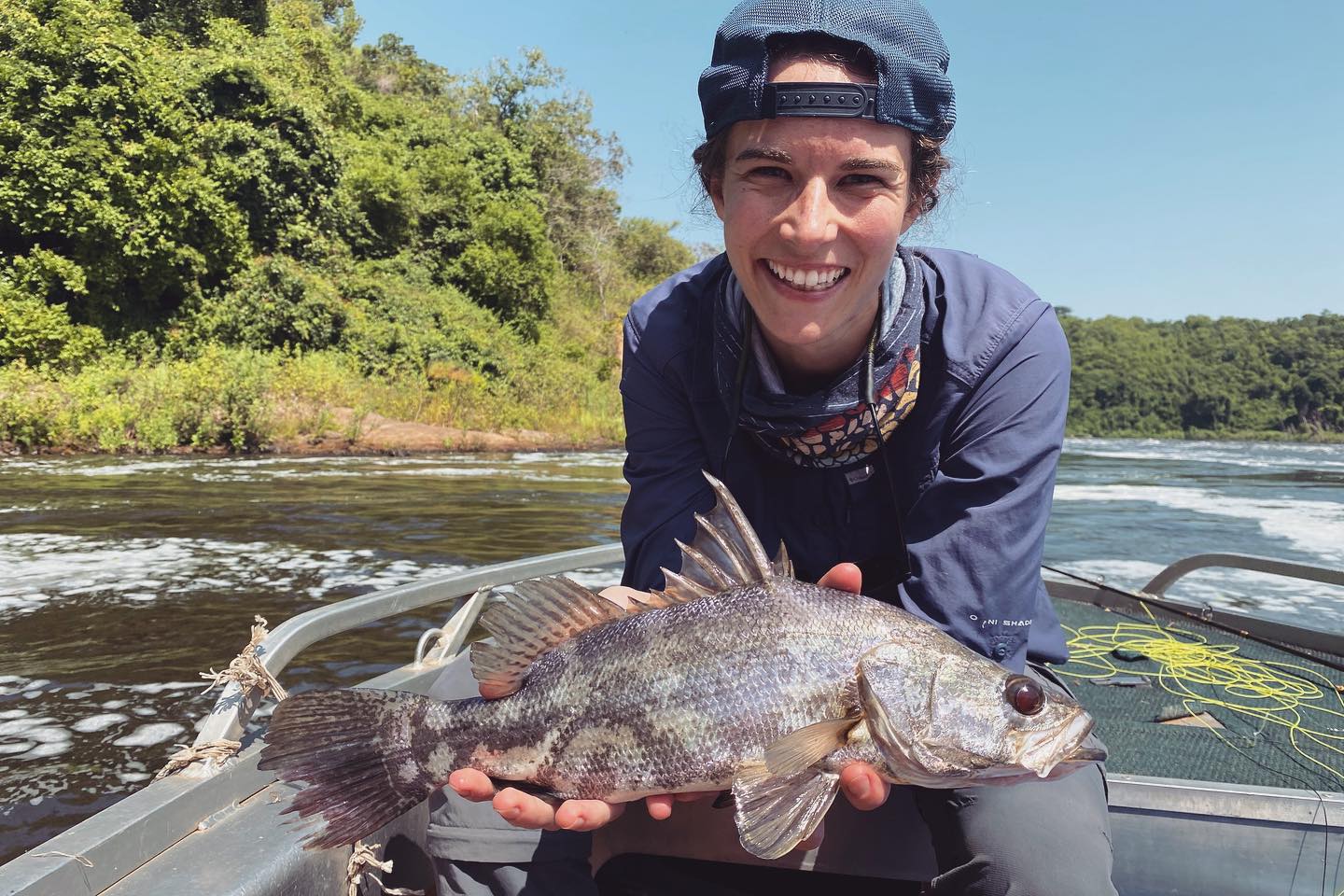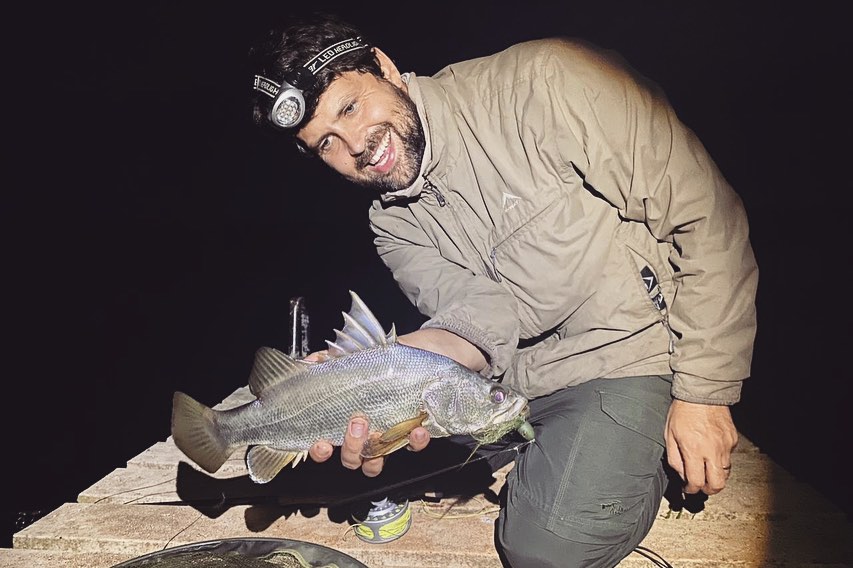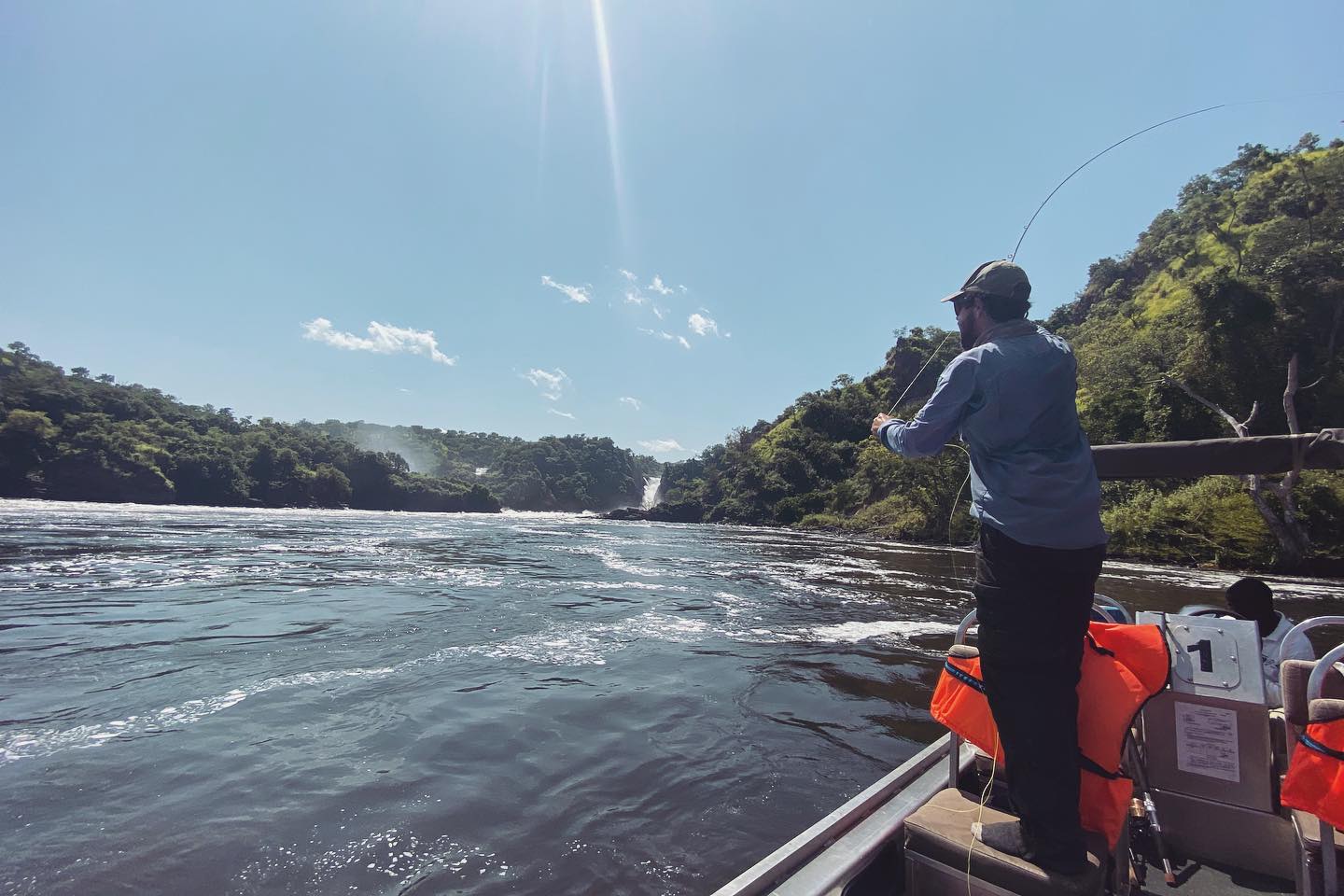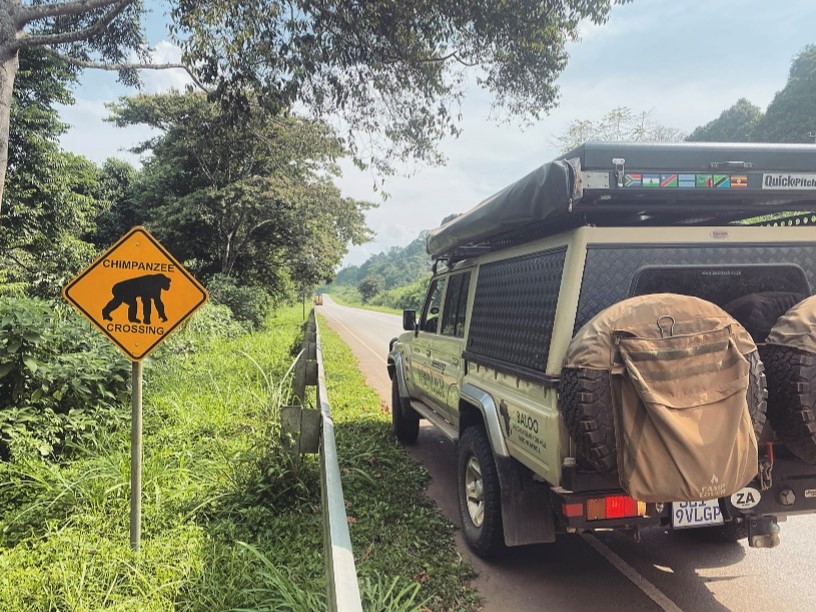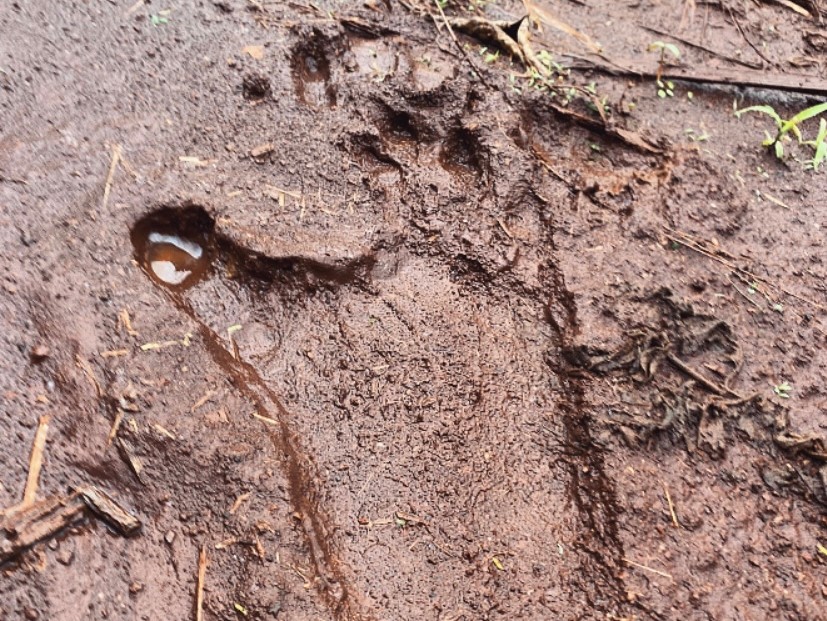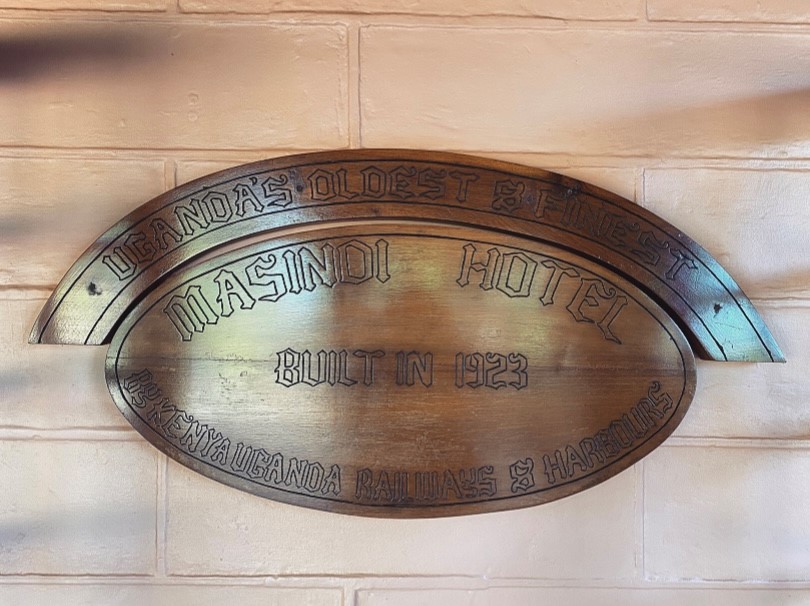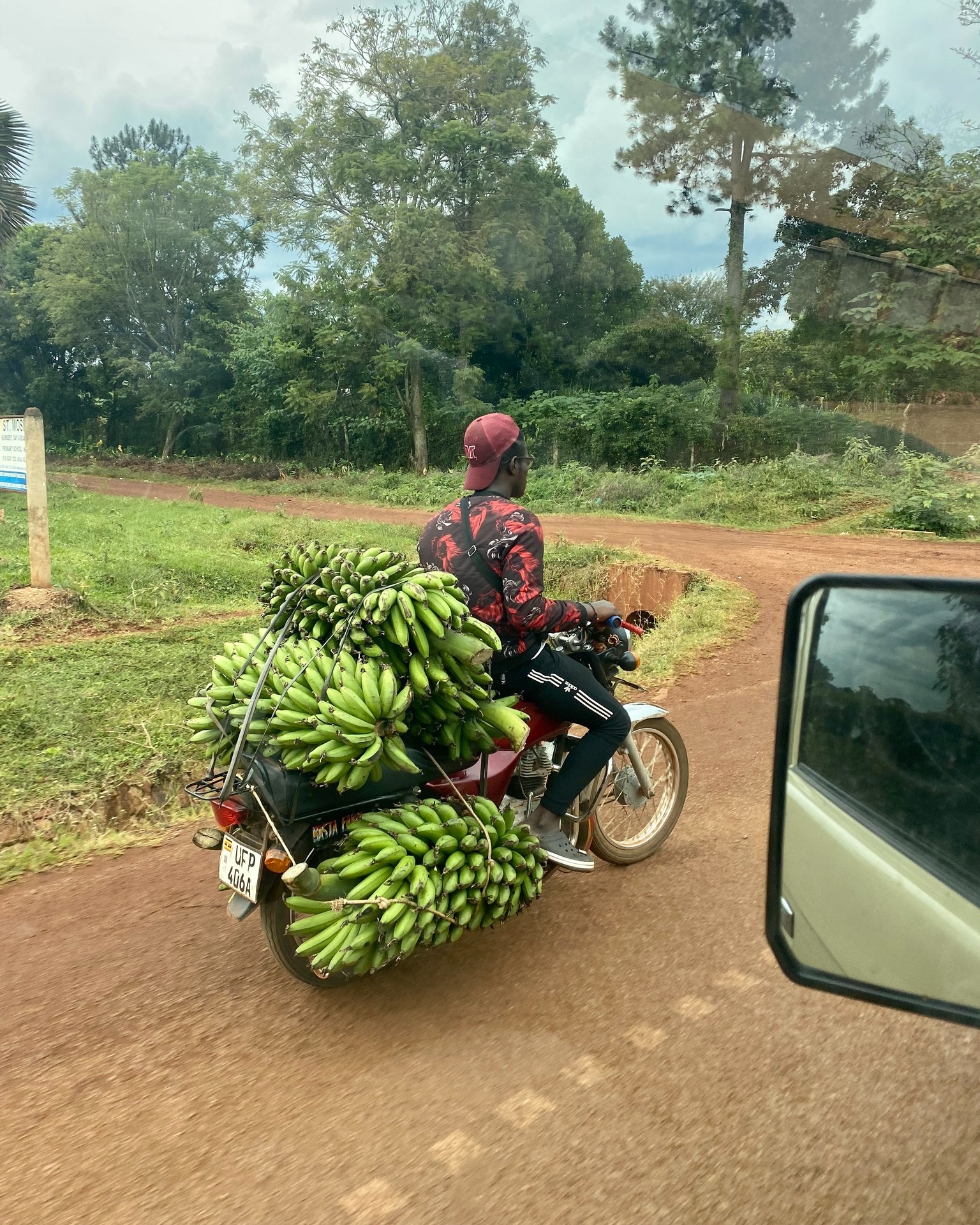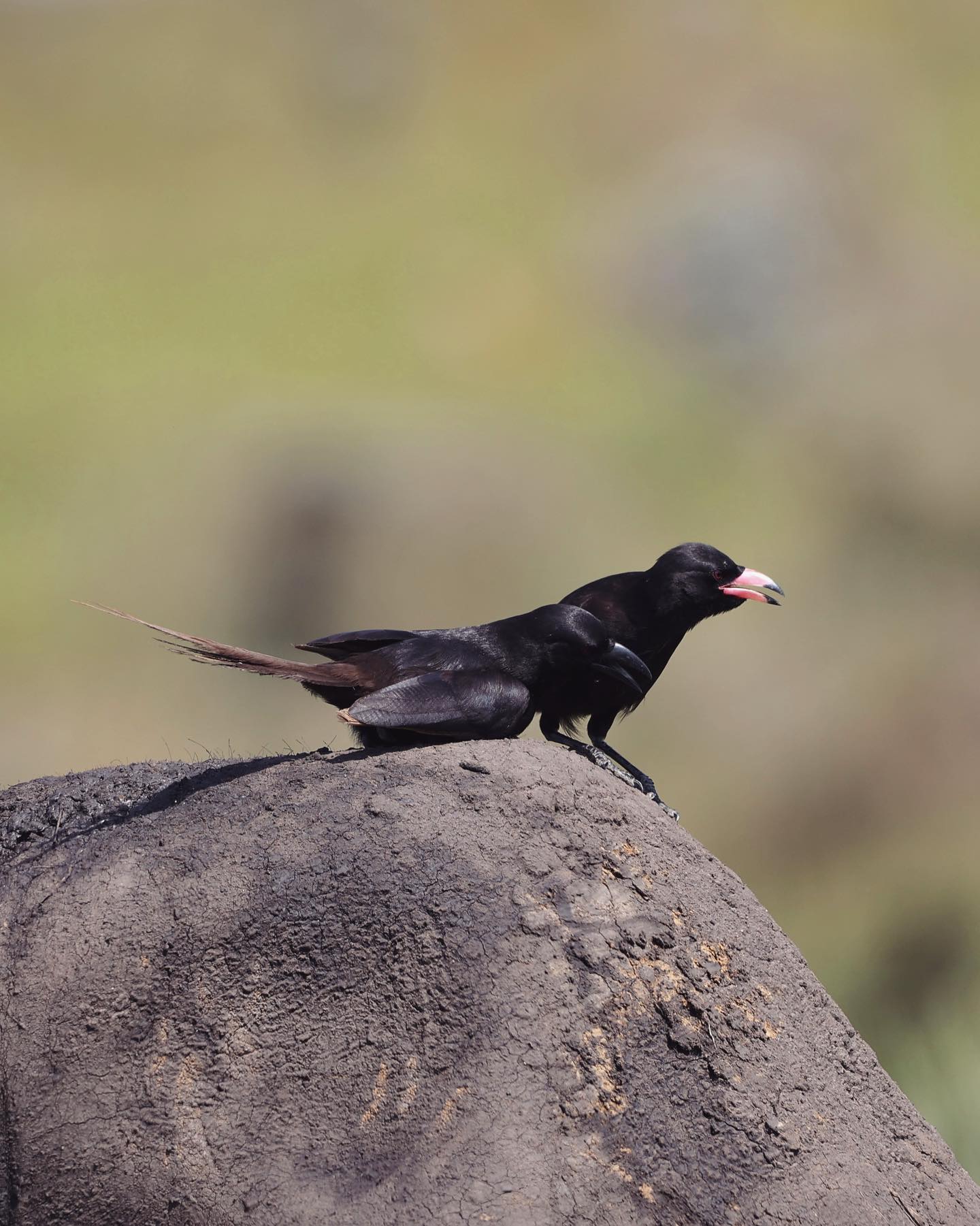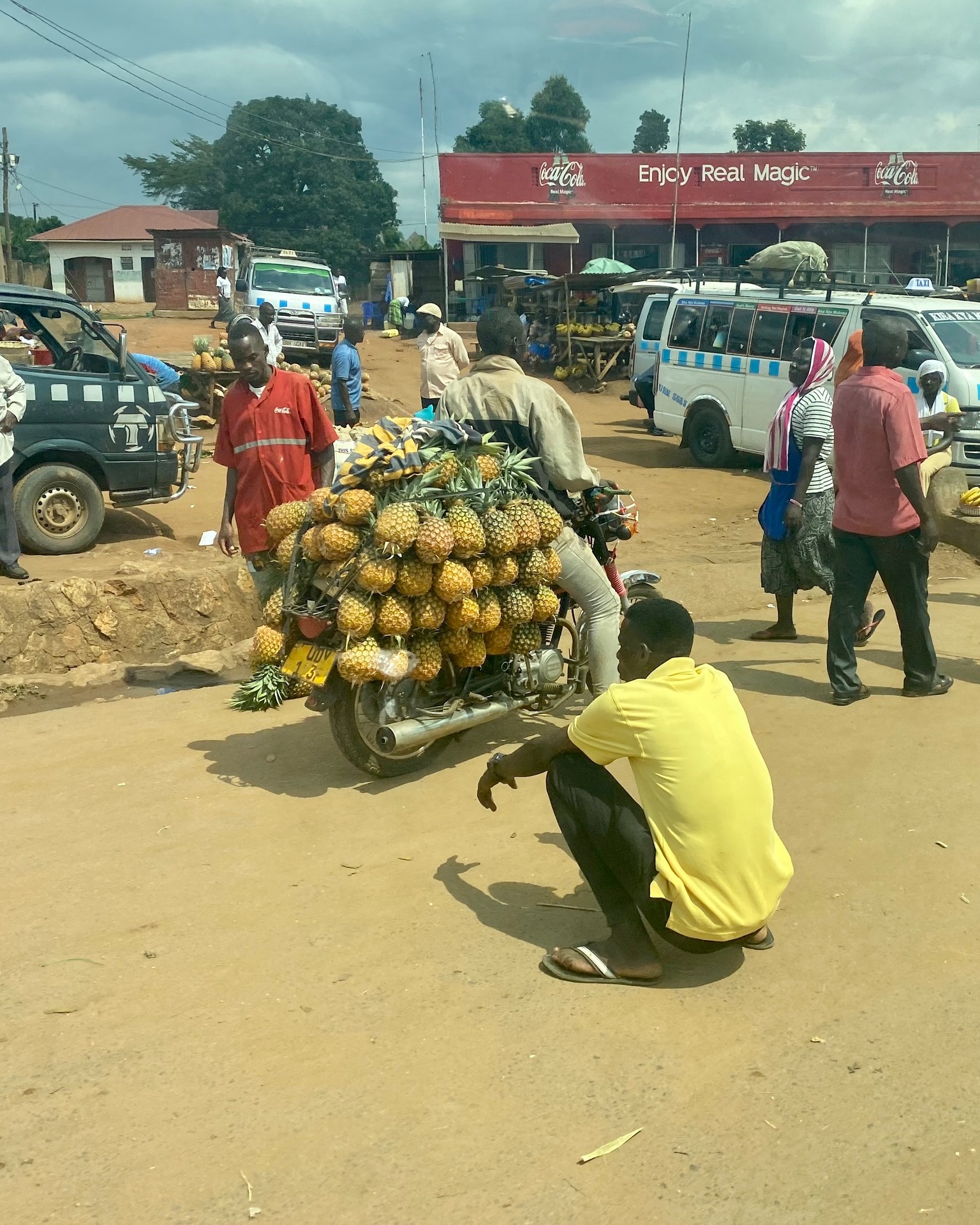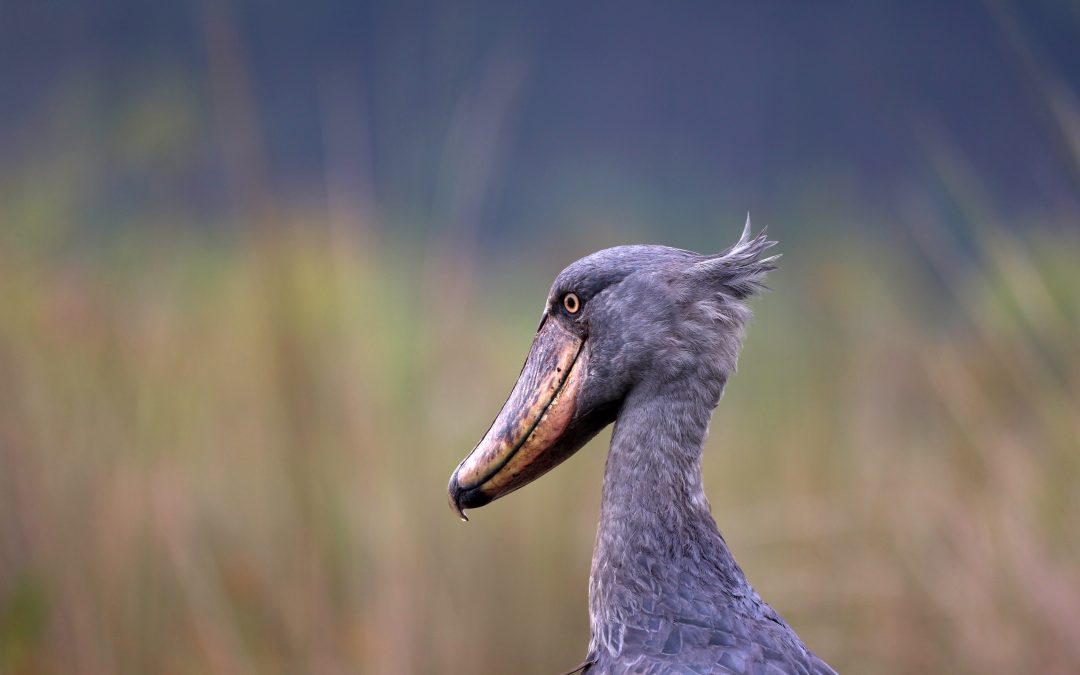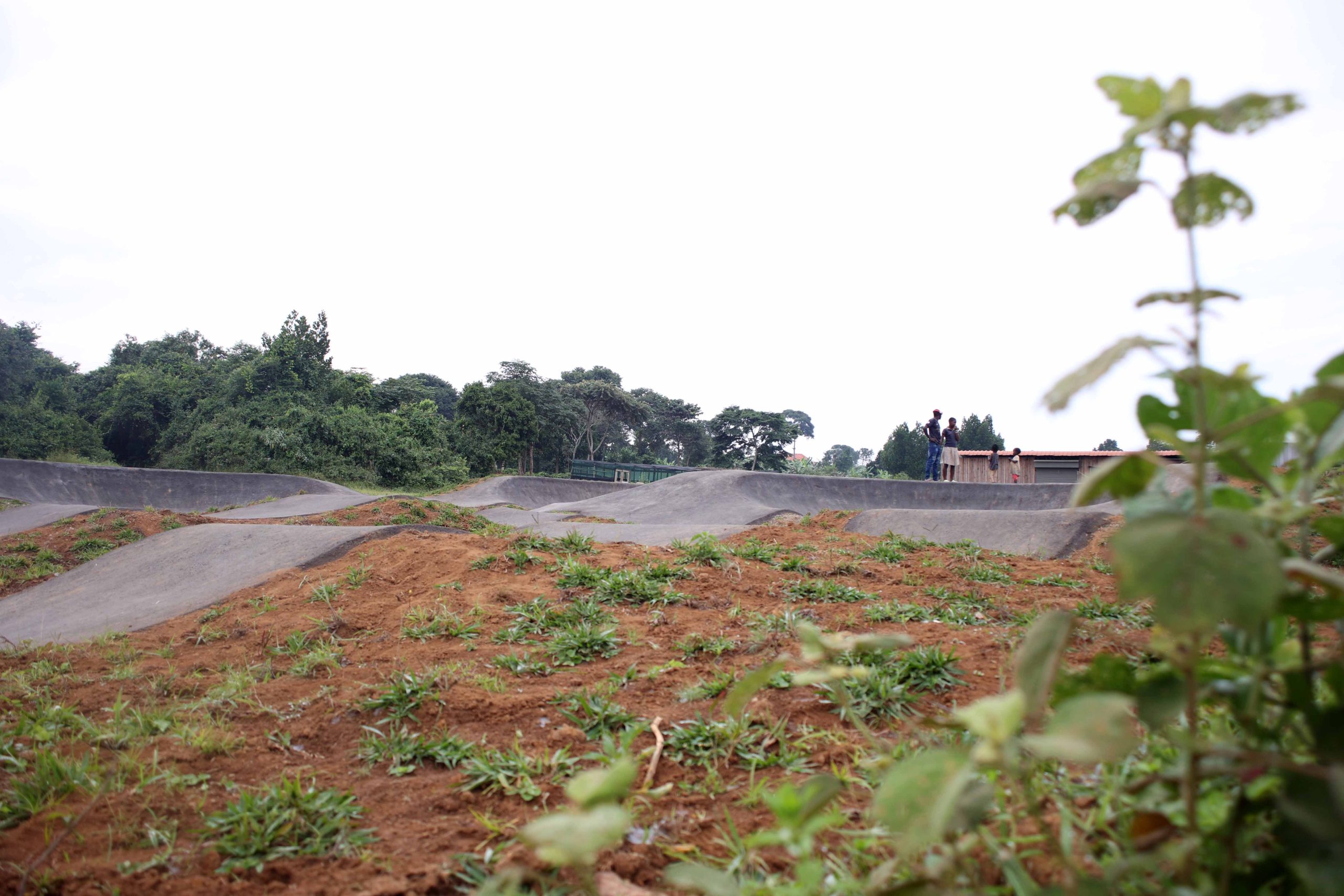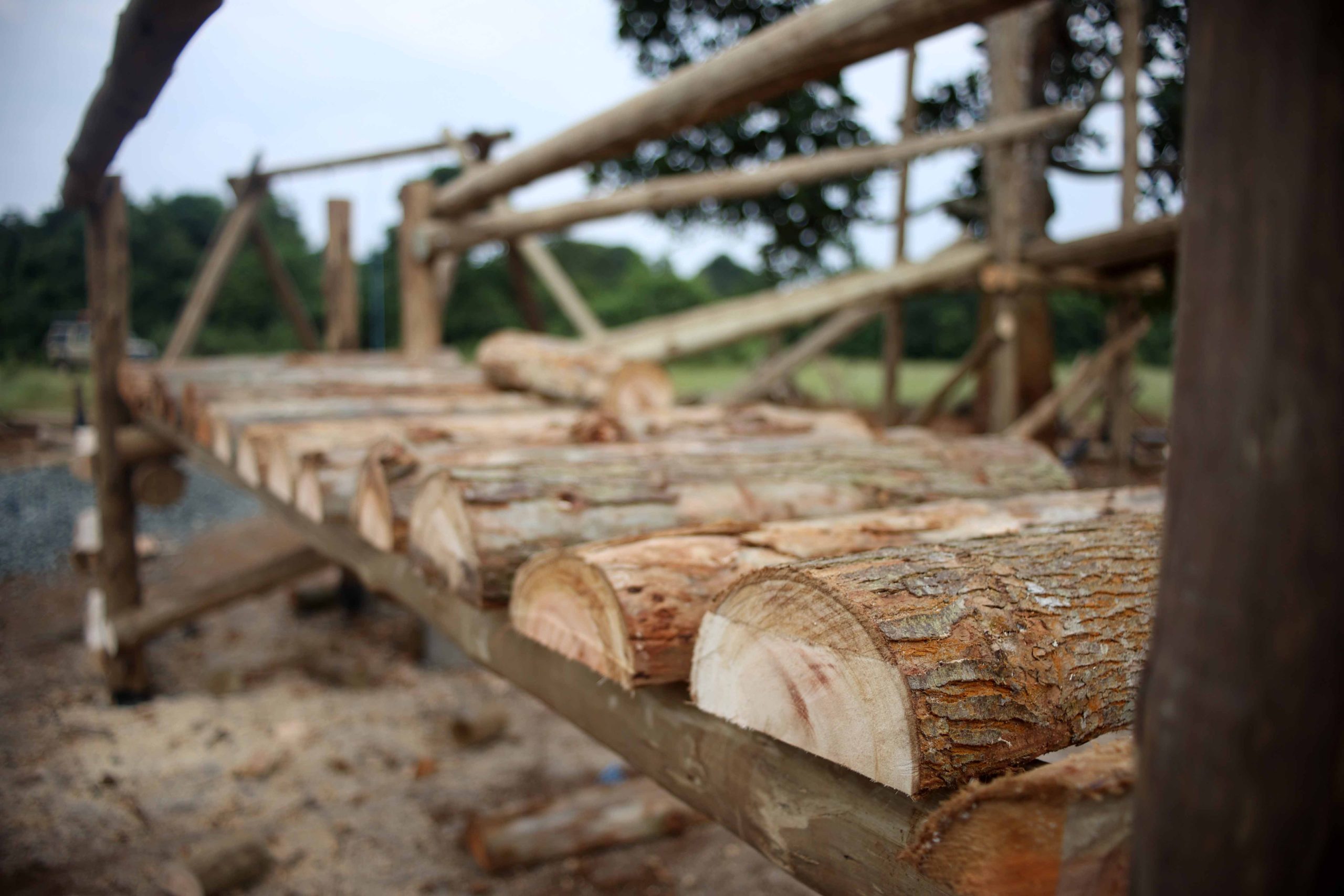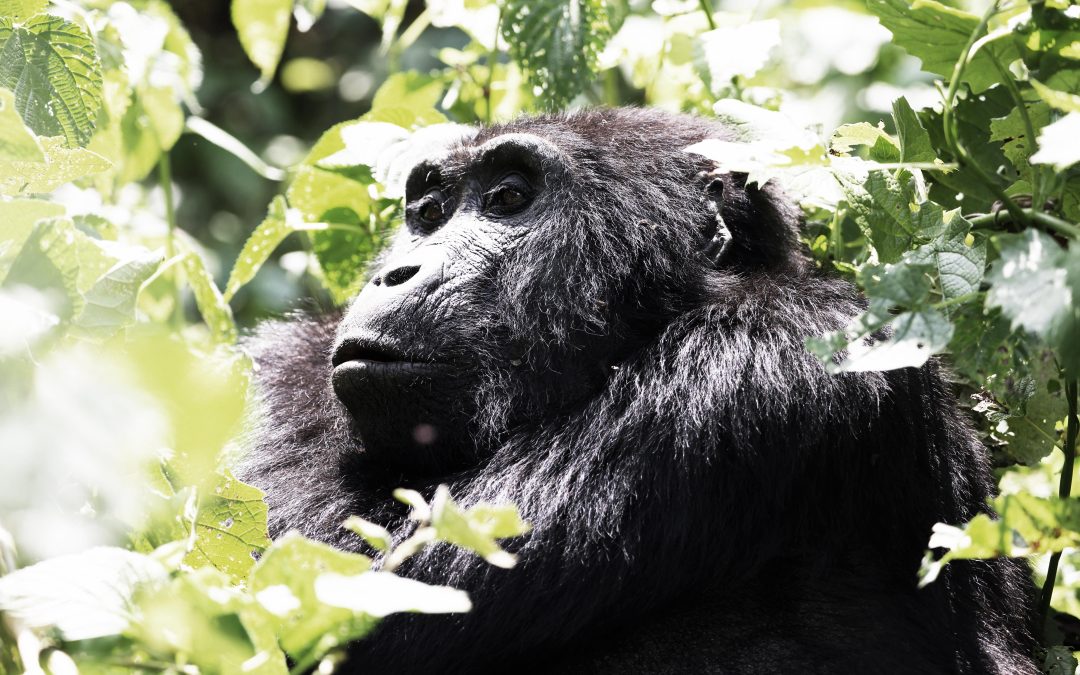
Finding rift valley pearls
The pearl of Africa. Travellers in Uganda are reminded of this on every t-shirt, coaster and Crowned Crane fridge magnet in curios shops. Winston Churchill most likely did not know this will become the tourism industry’s choice slogan when he penned it in his My African Journey. But it is equally possible that neither locals nor visitors know exactly why the great British Bulldog likened this country to a natural gemstone. We drove from Lake Albert in the north along the Albertine rift down to Bwindi in the south to find out and discover more about this so-called pearl.
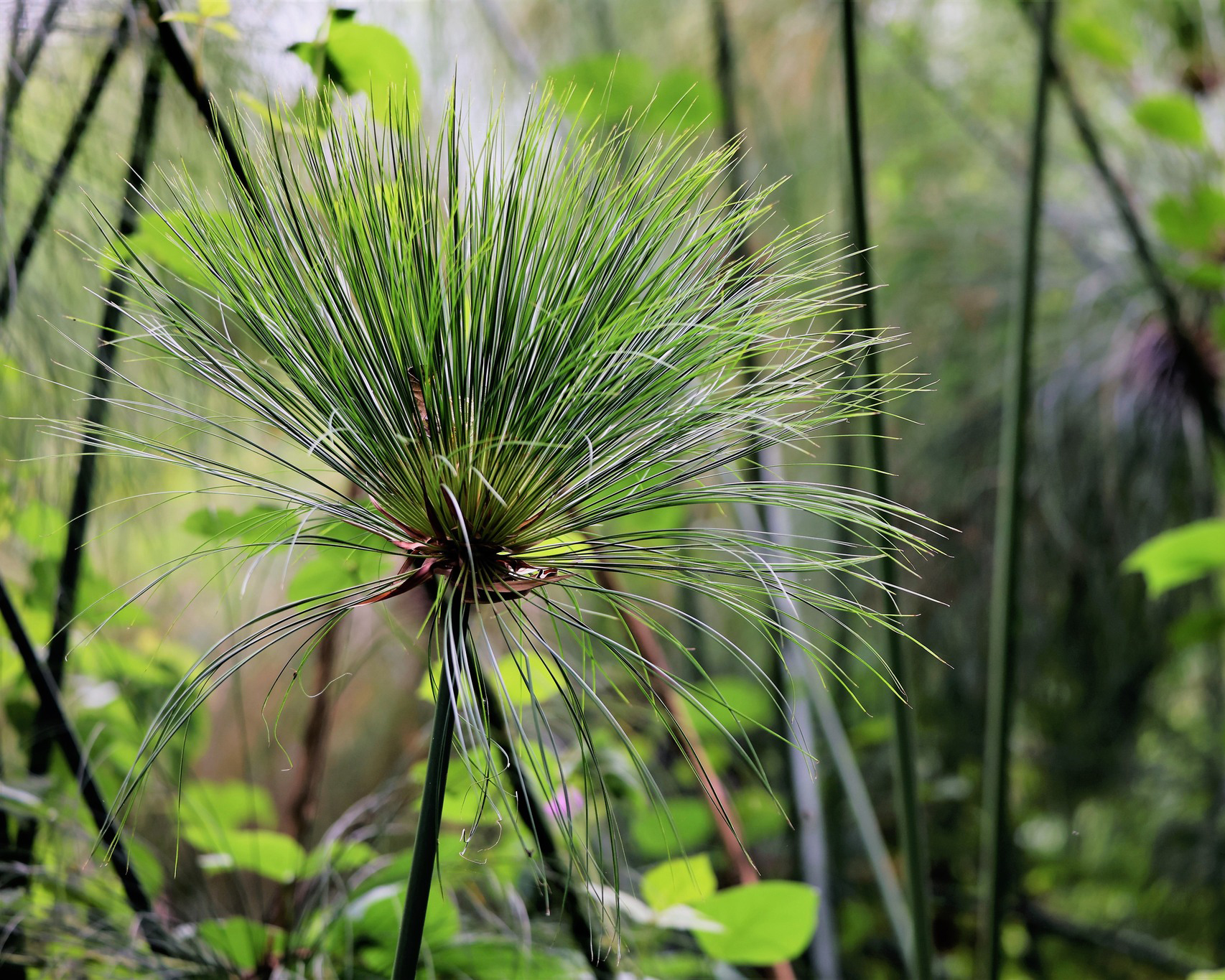
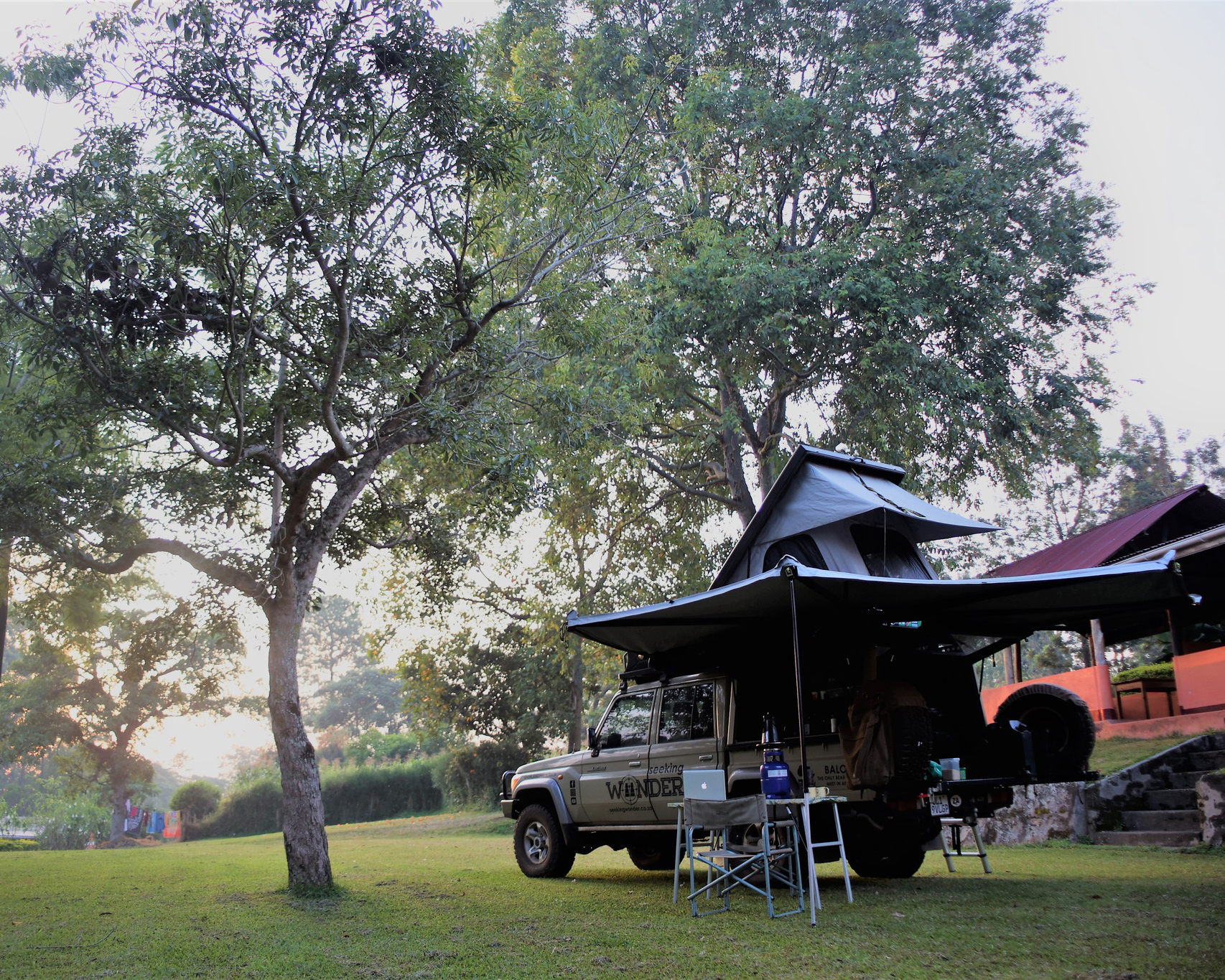
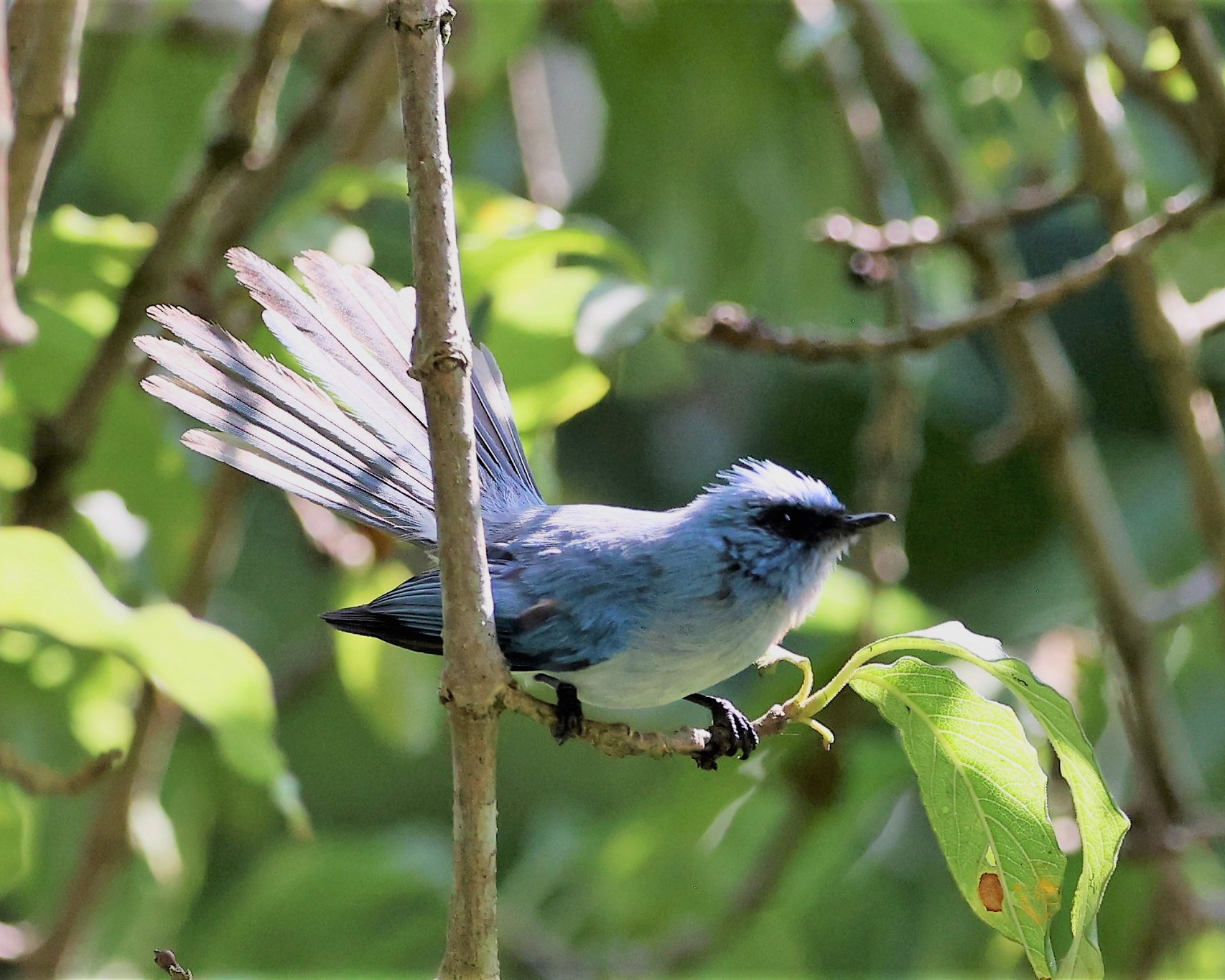
Coaxing Baloo up the escarpment along Lake Albert we passed Pete Pearson’s roadside monument where it is easy to imagine the big game hunter of old overlooking the plains below where massive elephant herds still roamed far and wide. As we headed south, we passed a variety of landscapes. The savannah woodlands gave way to populated hills of banana plantations before we passed through the Kibale National Park. Known as the primate capital of the world, this evergreen rainforest is home to 13 species of primates – the highest density in Africa. Emerging from the forest, we passed countless tea plantations for which the cold high-altitude conditions are ideal.
In Fort Portal we stocked up at Andrew & Brothers, an old family-owned little supermarket that values friendliness and decent prices. Fort Portal overlooks the magnificent Ruwenzori Mountain range famous for its multi-day hikes and rugged beauty. Its snow-capped peak, Mount Stanley, is third in line for Africa’s highest point. We stayed at Kluge’s Guest Farm where we sampled a great combination of German cuisine and local delights. Here shy black-and-white colobus monkeys joined us in camp and African Blue Flycatchers foraged nimbly around the trees with their cute flicking tails.
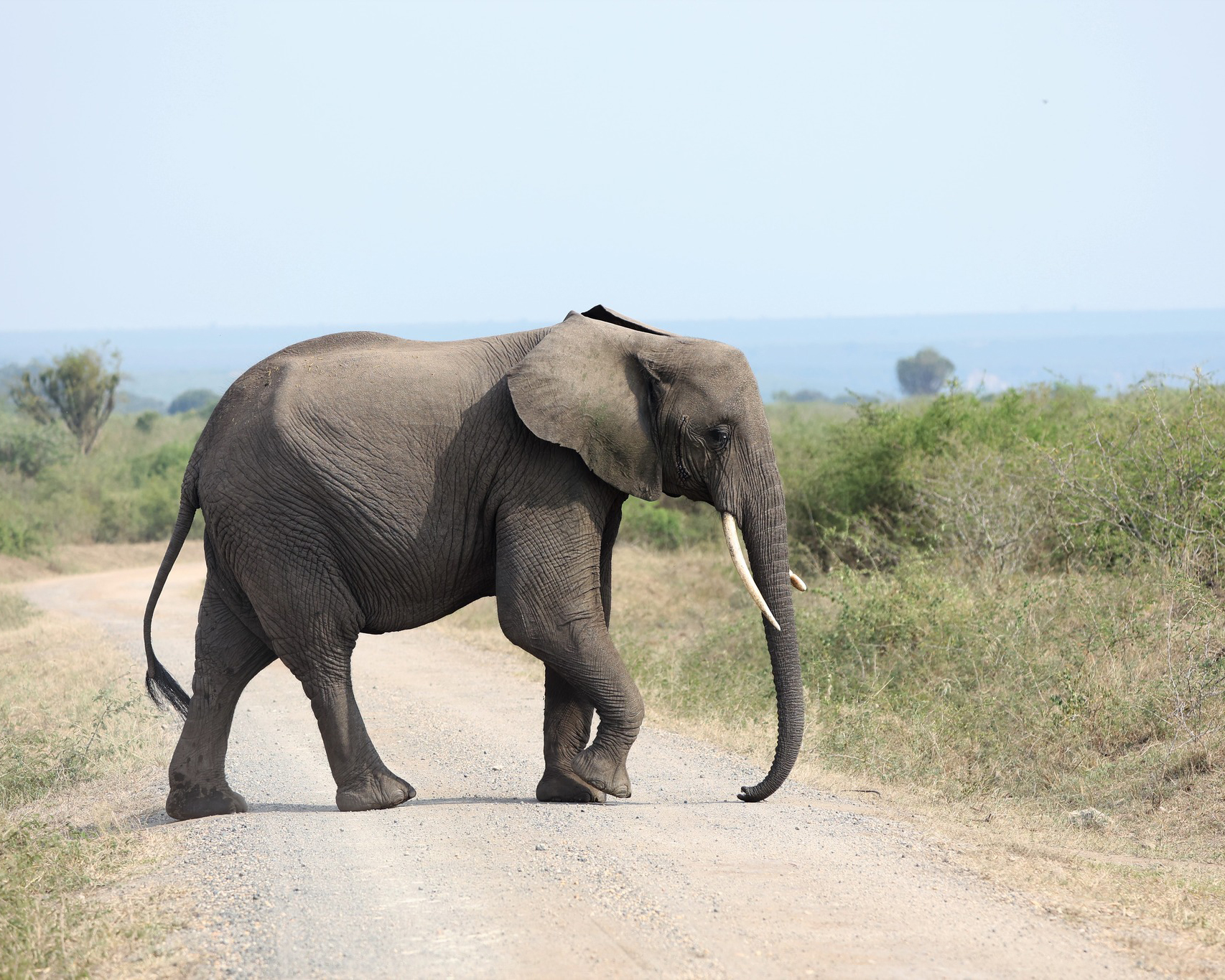

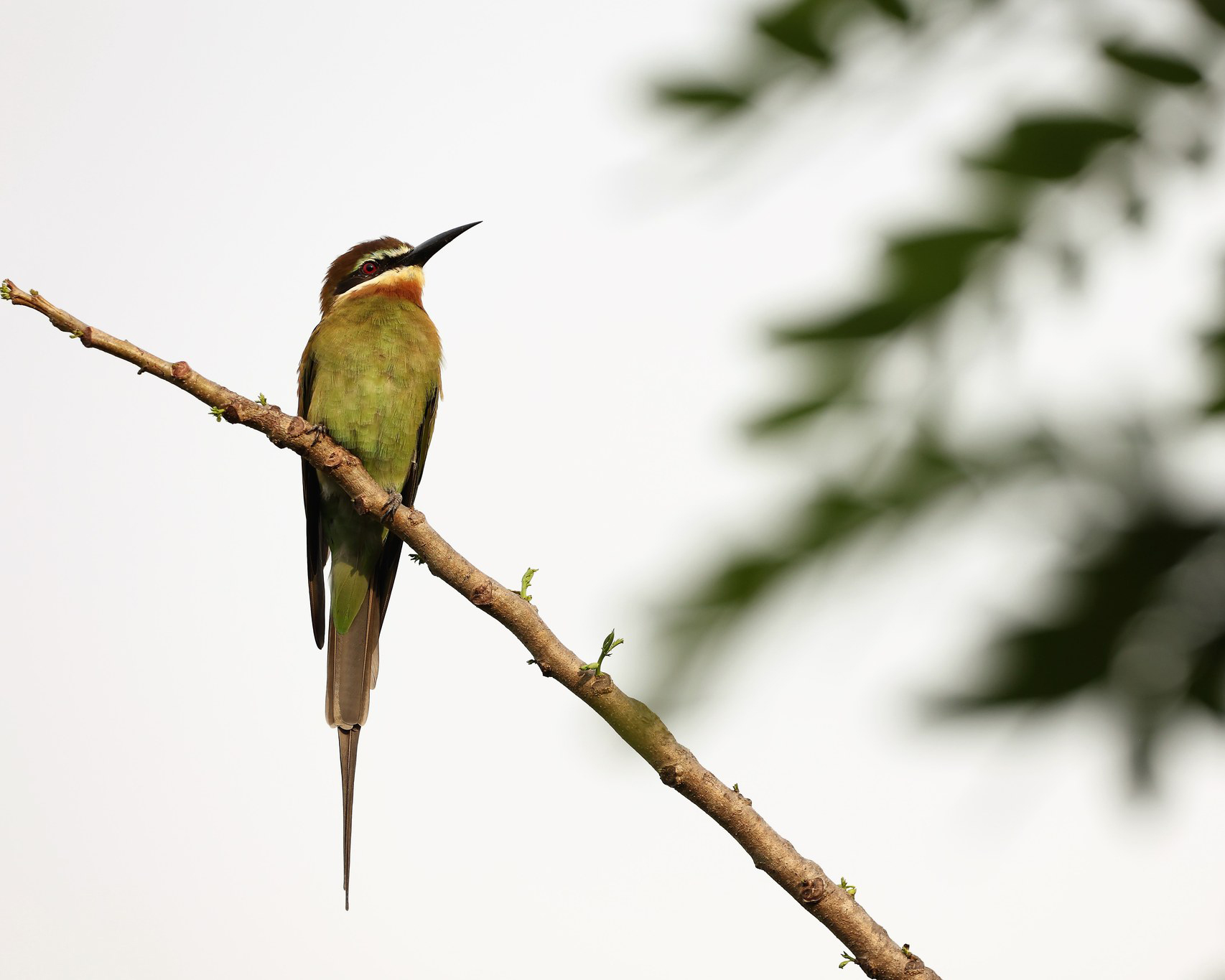
Moving south we reached the Queen Elizabeth National Park. Straddling the equator and including parts of both Lakes George and Edward, it is known for its tree-climbing lions. Upon hearing that we wanted to camp inside the park, the gate officer laughed and simply shook her head at us crazy muzungus. Don’t we know there is nothing at the wild campsites? ‘That’s why we want to go there’ is apparently not a sensible reply either. Either way, off we went on our merry way to explore.
Despite numerous negative reports from others about the park and its low game numbers, we experienced it as a beautiful park with magnificent landscapes and animals. We were lucky enough to catch fleeting glimpses of two families of giant forest hogs – a surprise for us as these rare hogs are usually restricted to dense forests as their name implies. We saw lions on five occasions, including subadults sleeping in a massive euphorbia tree and a male lying directly underneath a game viewer, either seeking shade or inspecting the impressive Cruiser underbody. The unique landscape is dominated by grasslands and euphorbia trees interspersed with large herds of Ugandan kob and buffalo. In the park we also came across another rare species in Uganda, namely self-drive overlanders – the first we encountered after a month in the country. They just happened to be fellow South Africans from the Northern Cape and seemed rather surprised to be greeted by an Afrikaans couple asking for biltong.
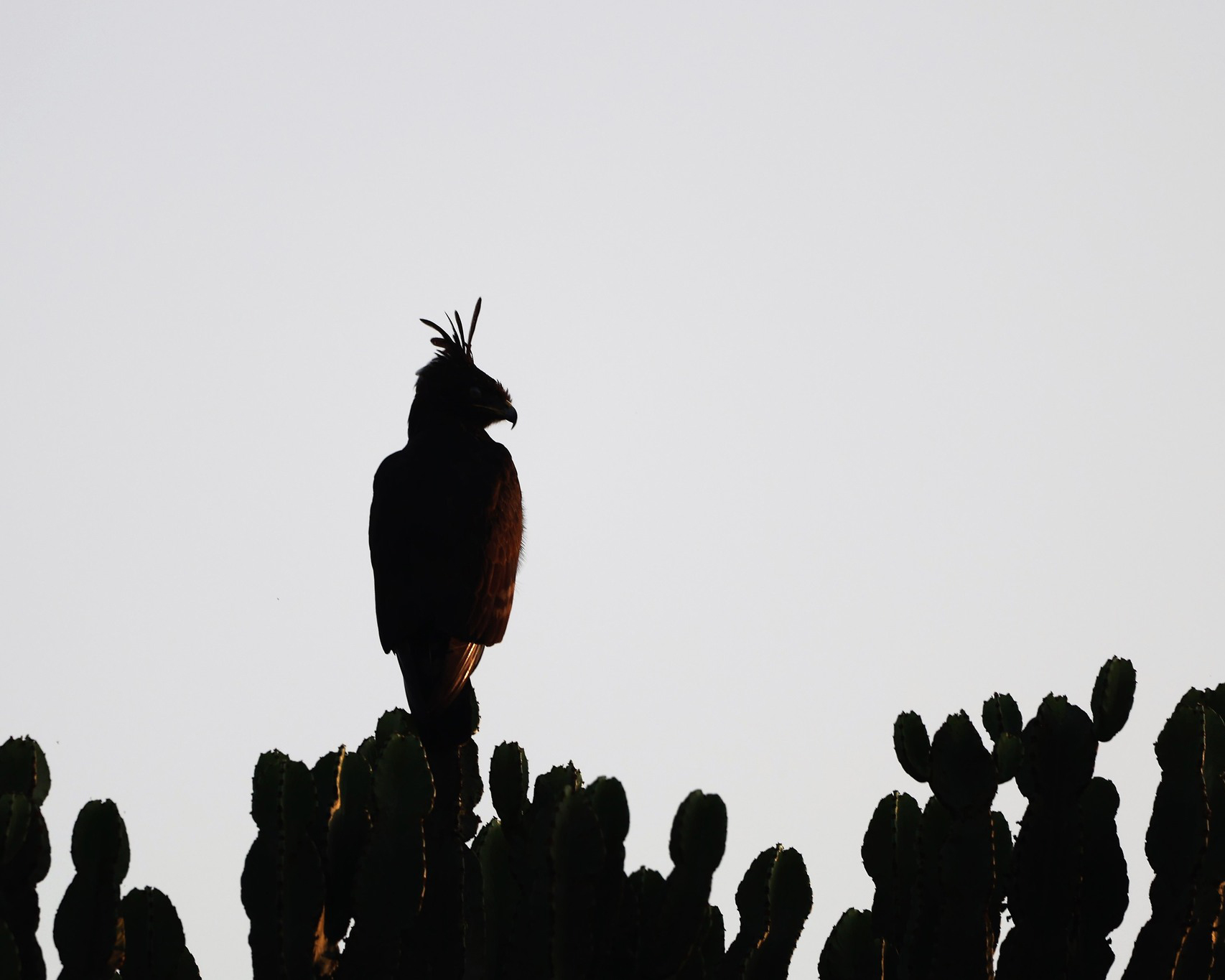
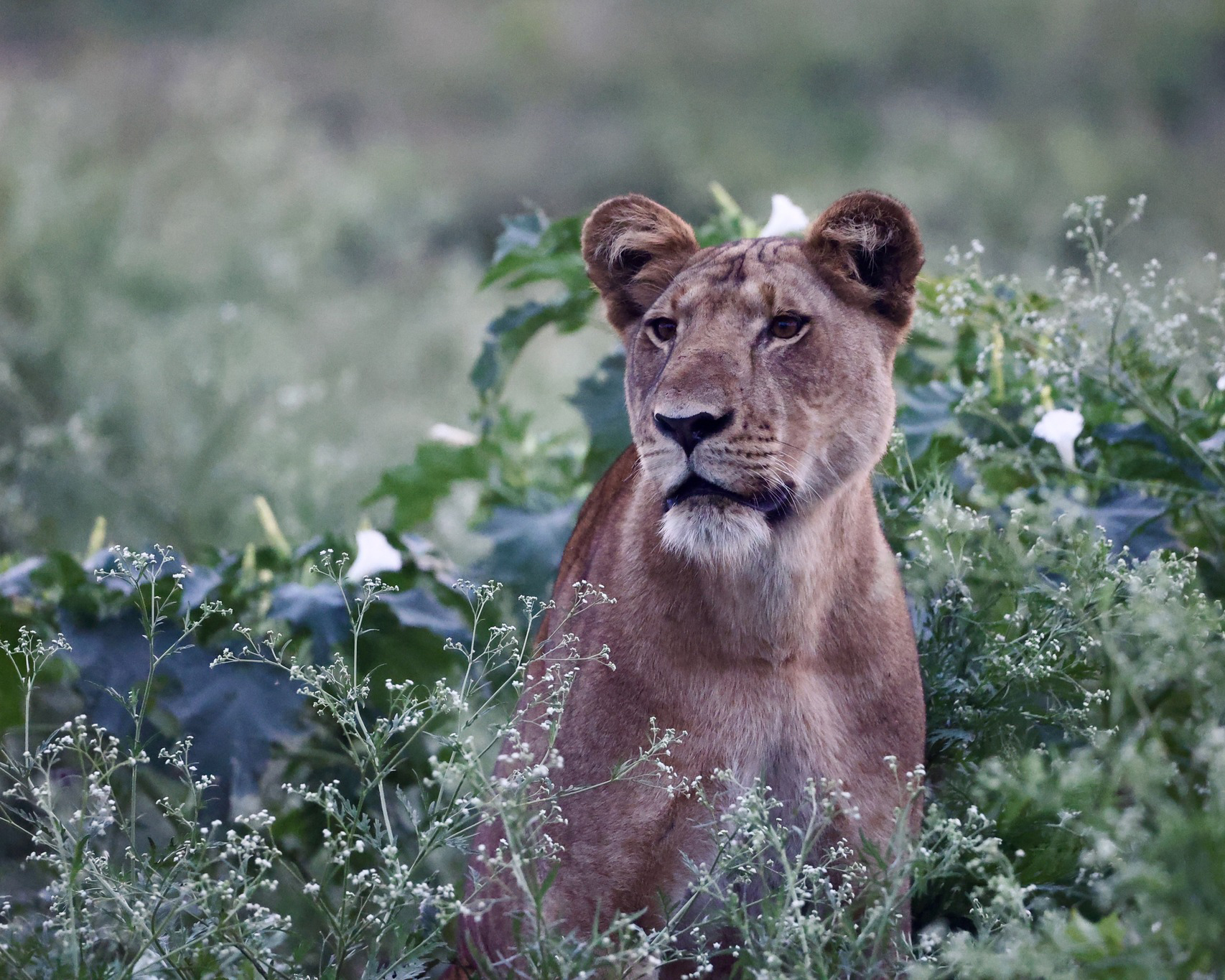
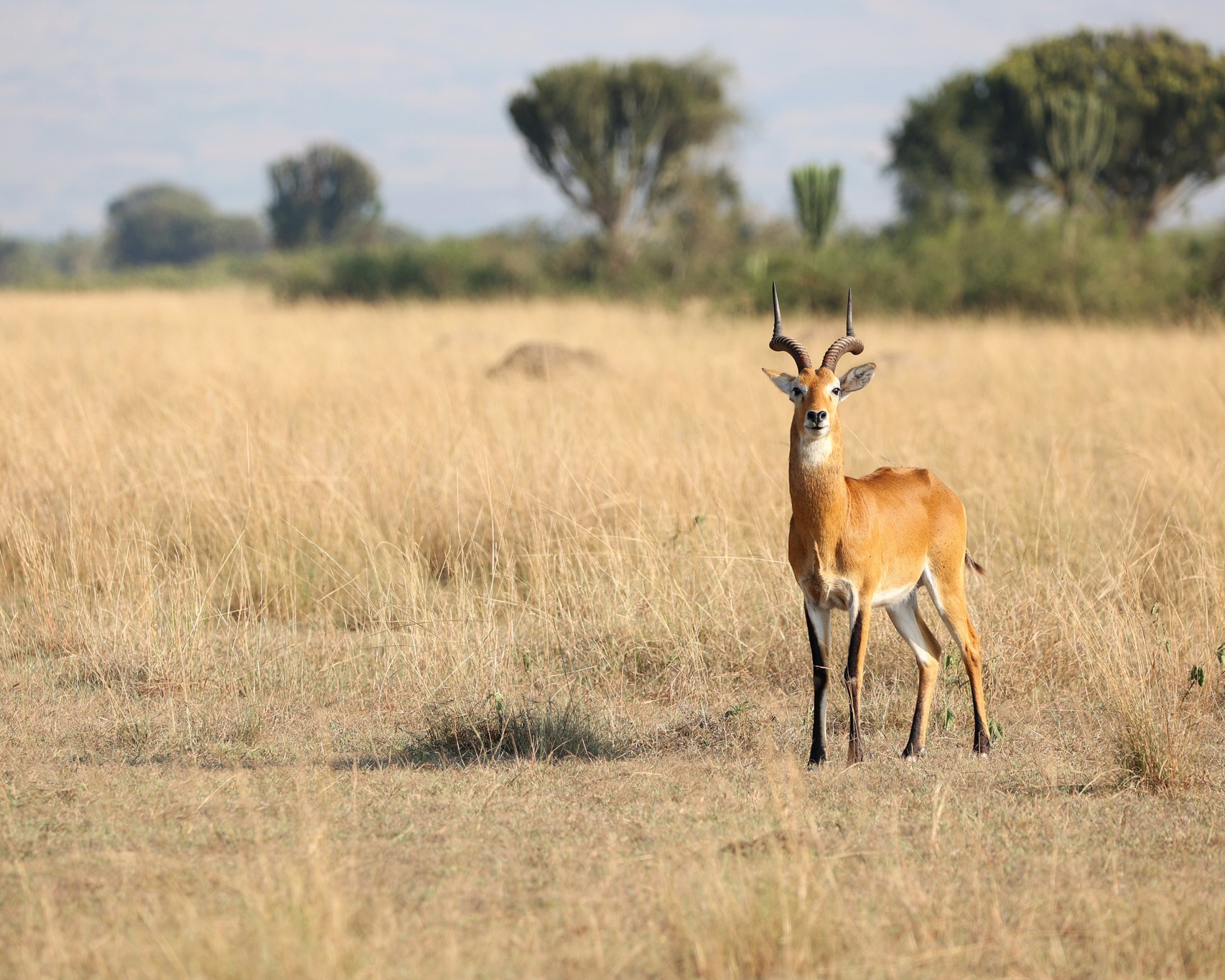
Camping in the park was exactly the type we love most – surrounded by no one and nothing else but the bush and its creatures. A herd of elephants browsed the fringe of the campsite, a lone buffalo bull inspected Baloo, and after a short but heavy rain downpour we lay listening to multiple prides of lions calling from all directions in the cool nighttime air. Morning was met by hippos grunting from the misty Kazinga channel and Fish Eagles proclaiming a new dawn in Africa.
Our next stop was the beautiful Lake Bunyonyi near the southern border with Rwanda. A natural high-altitude lake formed by a volcanic crater, it is exceptionally deep and the lush and terraced surrounding hills did well to relax our senses after a long day on the road. Few creatures occur naturally in the cold lake although interestingly, the invasive red swamp crayfish does well in its waters, providing food to locals after it was introduced from the US years ago.
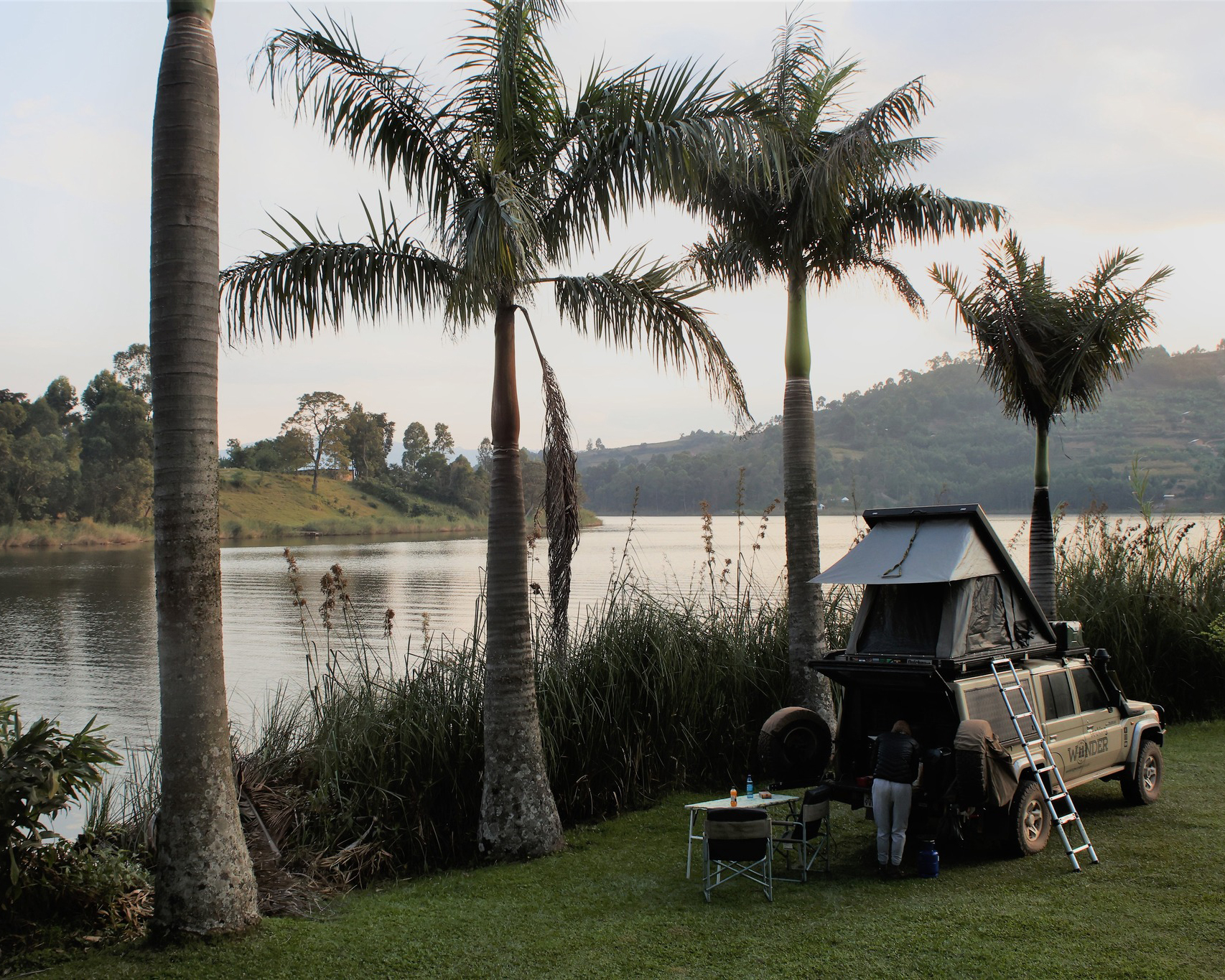
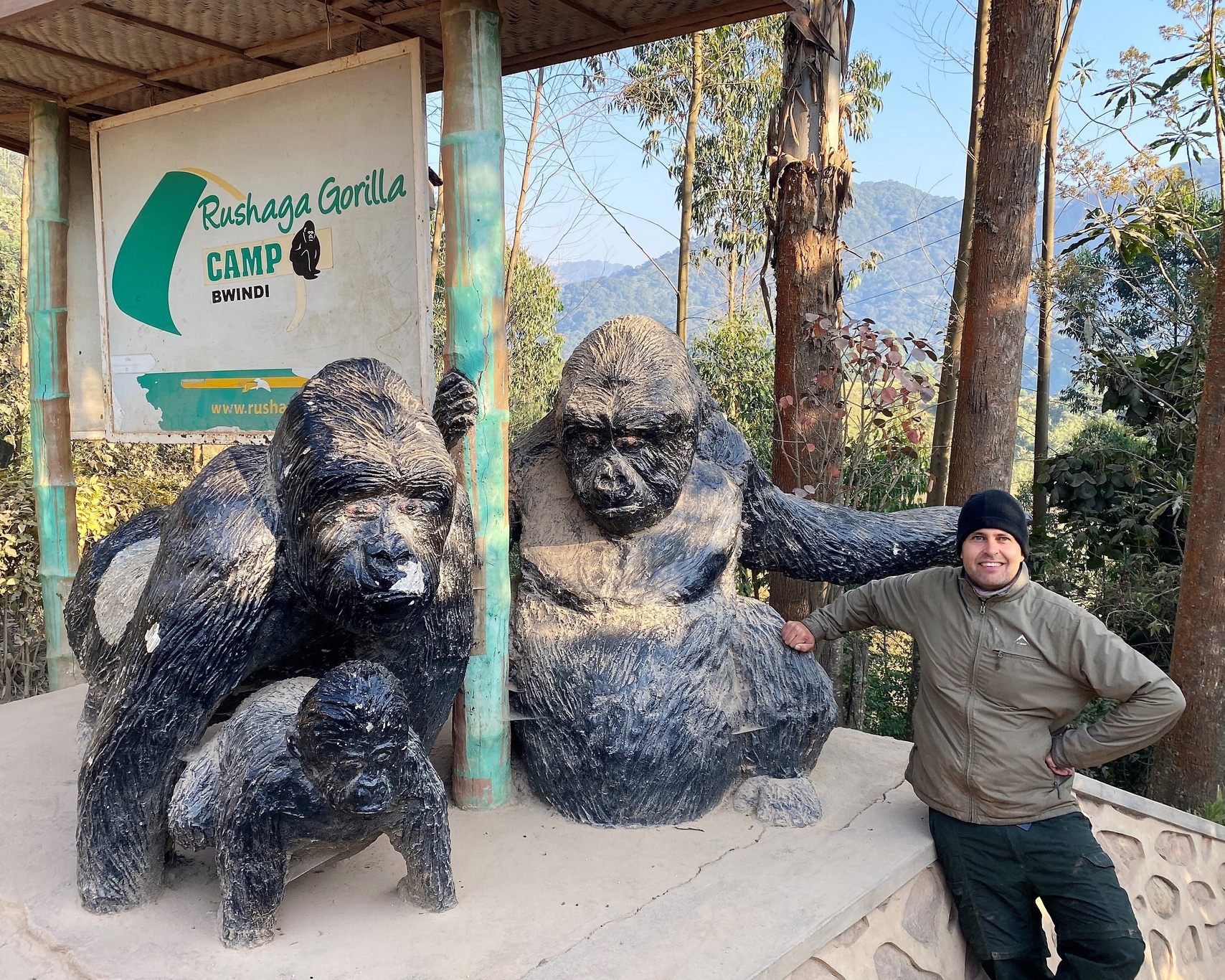
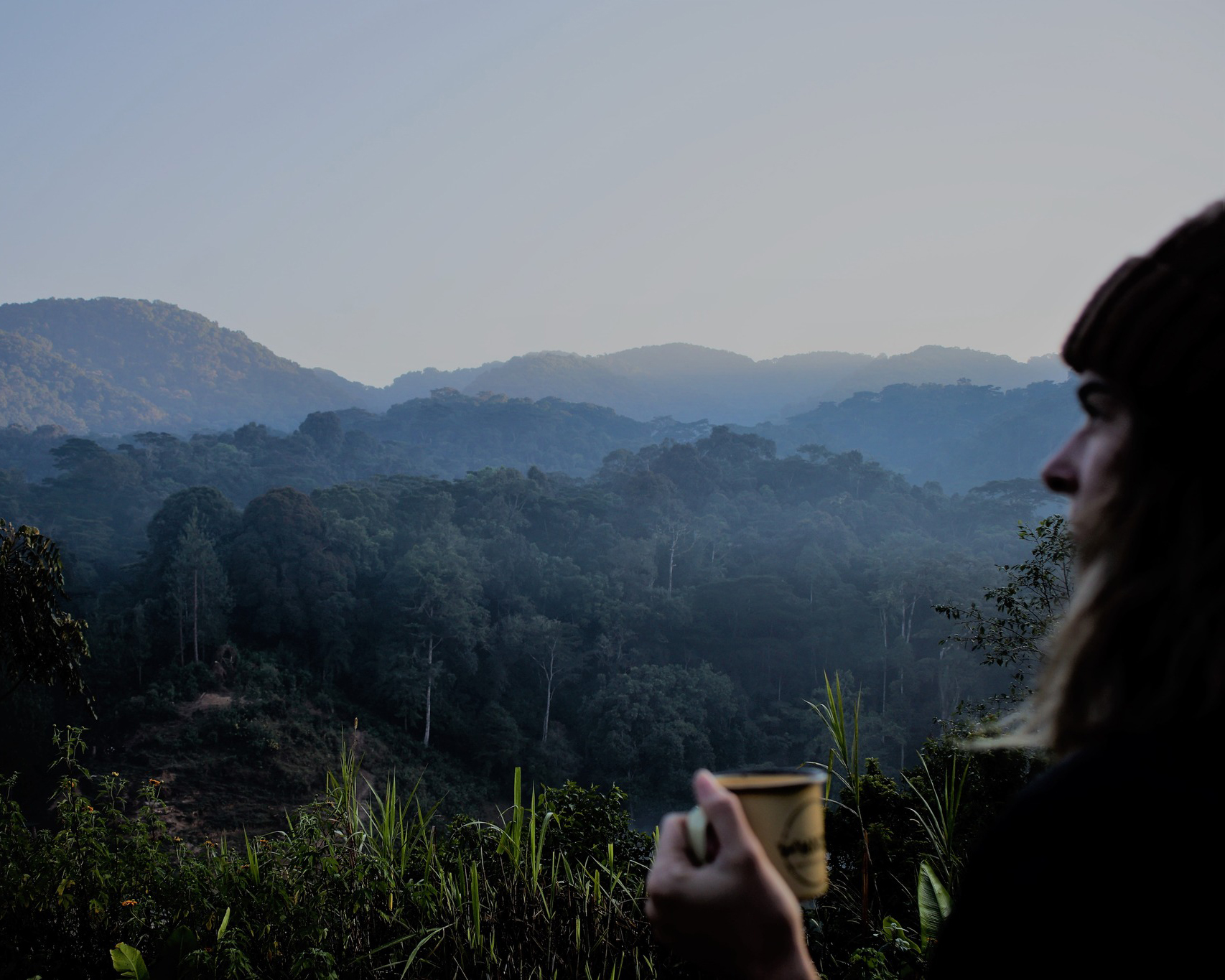
Not far from the lake, we bumped our way along a treacherous little mountain road to our last destination in Uganda – the Bwindi Impenetrable Forest National Park. Here we had an appointment scheduled with those enigmatic woolly residents that still take refuge in this rainforest – mountain gorillas. Tracking them down is a regulated affair requiring you to plan months ahead and smash your pink piggy bank to smithereens. However, when you finally arrive at the edge of the misty dark forest and peer into its mysterious world known as one of the most biologically diverse places on earth, you sense that all the preparations were indeed worthwhile.
Mountain gorillas are the largest and rarest of the gorilla subspecies with only about 1000 remaining, half of which are found here. Tracking one of the family groups in Bwindi is not for the faint-hearted. Being less than fit after many weeks on the road, we sweated like suckling pigs in a Finnish sauna while climbing the near-vertical slopes covered in stinging nettles and dense vegetation. It is not called impenetrable without reason. After a 10 km hike (and what felt like the same vertical ascent), rangers tracking the gorillas led us to a lush green valley where the forest canopy opened and sunlight cautiously peered in. And there they were, as if the most normal thing in the world.
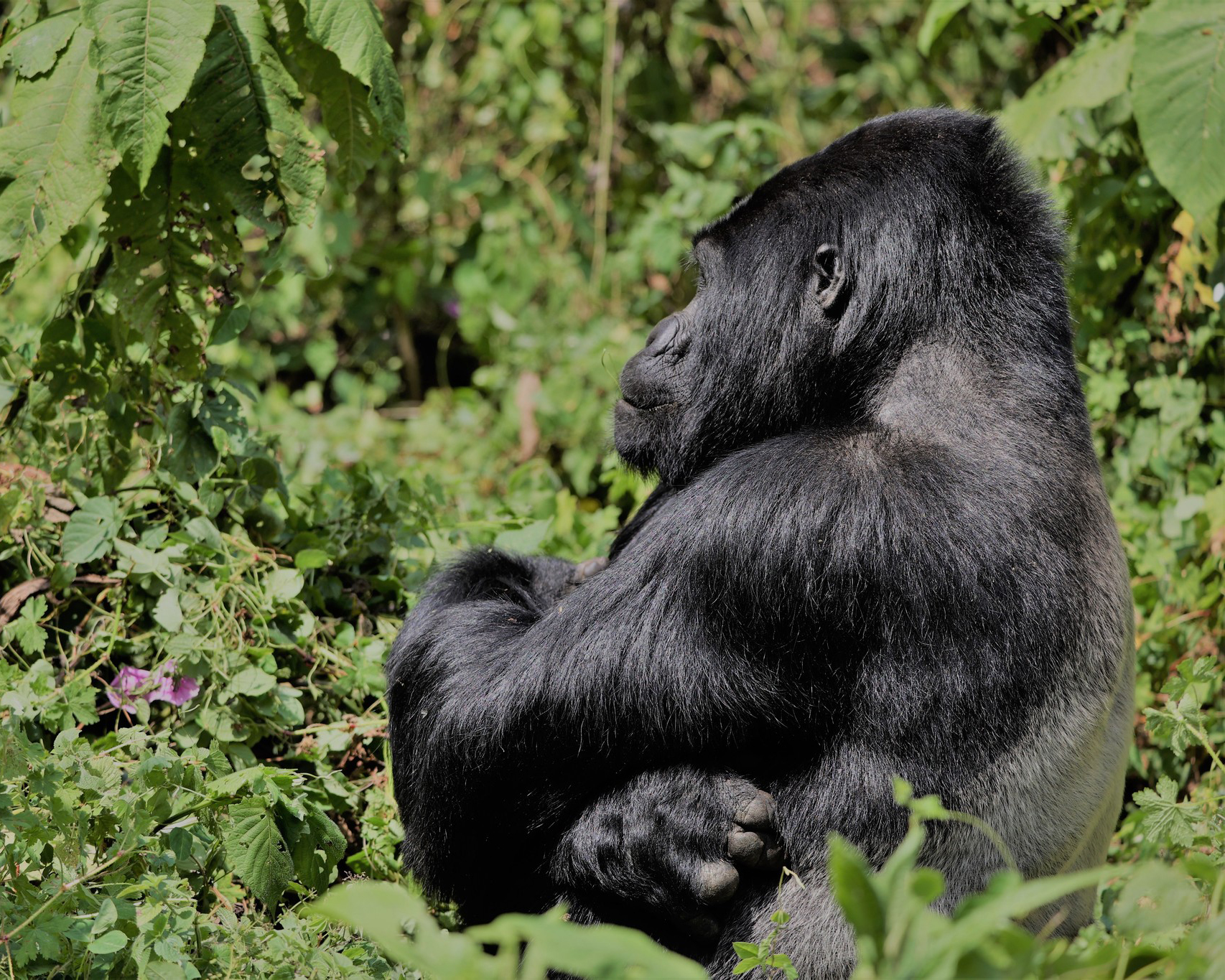
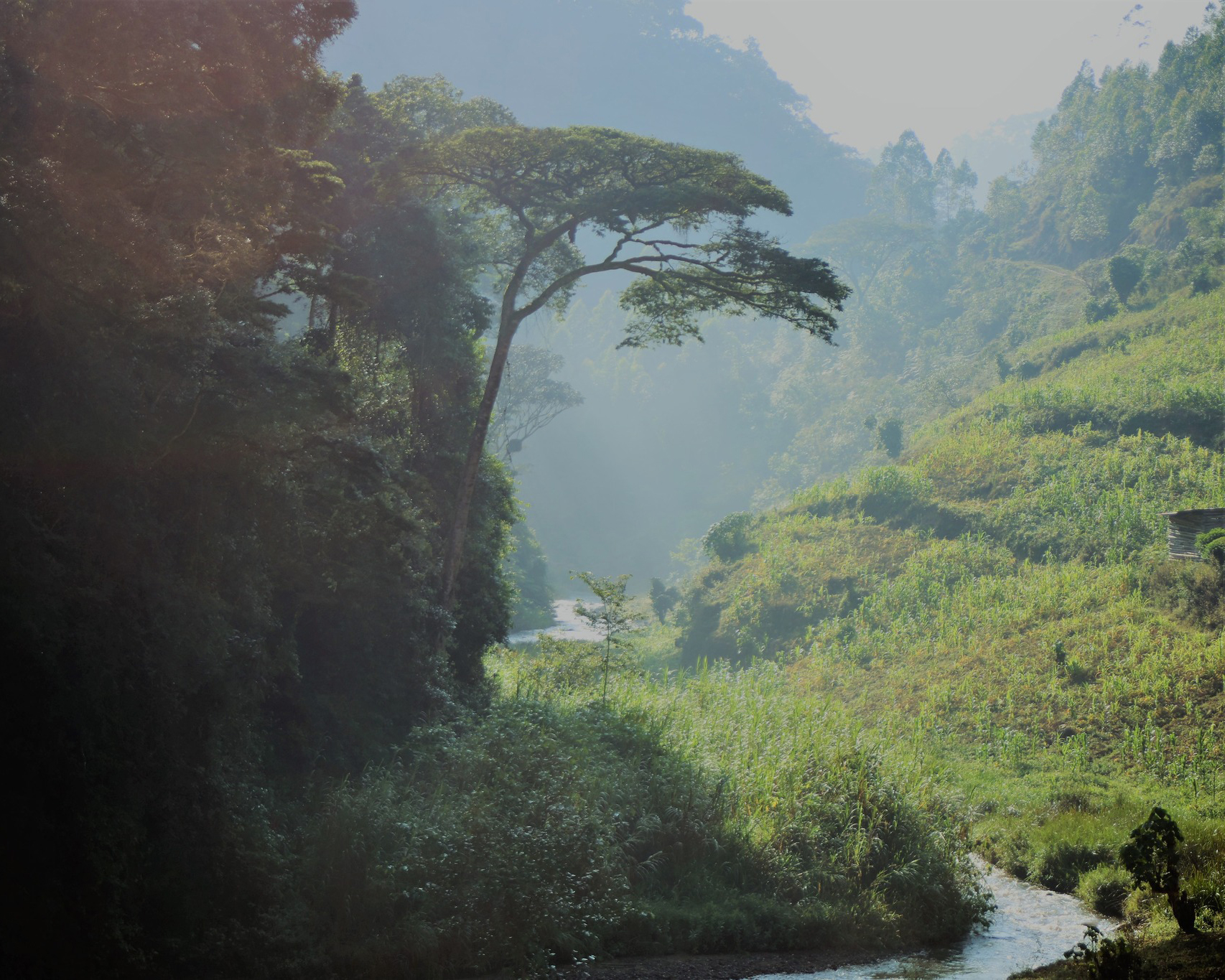
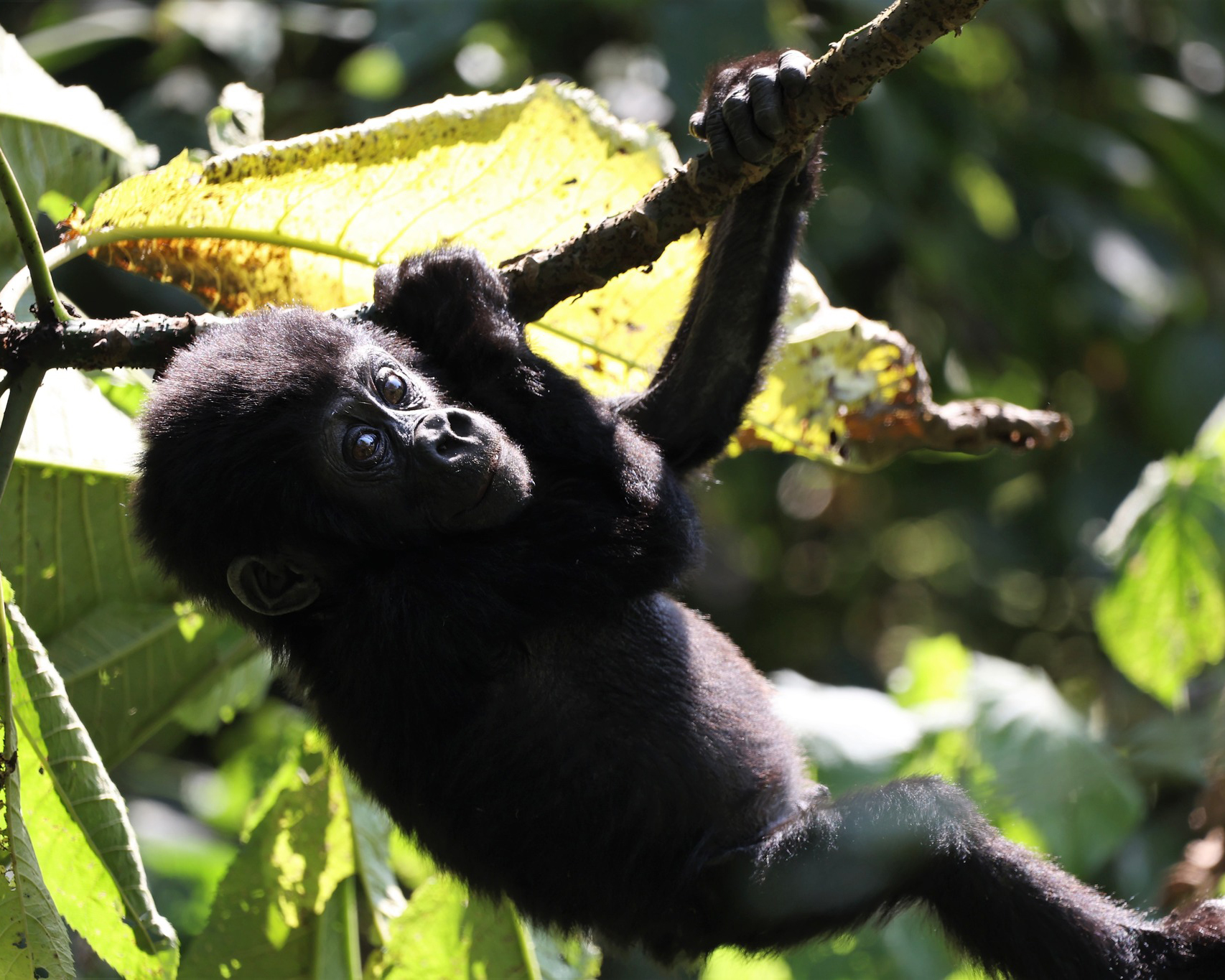
They say that the first time you sit with a gorilla in the wild is an intense emotional experience. Having been fortunate to also see a group in Rwanda a few years ago, I can confirm that it is indeed no different the second time. The group we encountered had about 15 members and we spent time with them while they went about their daily business. The big silverback leader sat silently over to one side, lazily stuffing his face with fresh leaves and occasionally scratching his back with those massive hands. Females and younger males browsed around, inquisitively investigating us while babies played in the ultimate jungle gym, entertaining both themselves and us. When our allowed time with the group was up, we left them behind with a mixed sense of sadness and immense joy. These endangered but utterly remarkable creatures are slowly increasing in numbers and we hope that they will always remain protected in their mountainous strongholds.
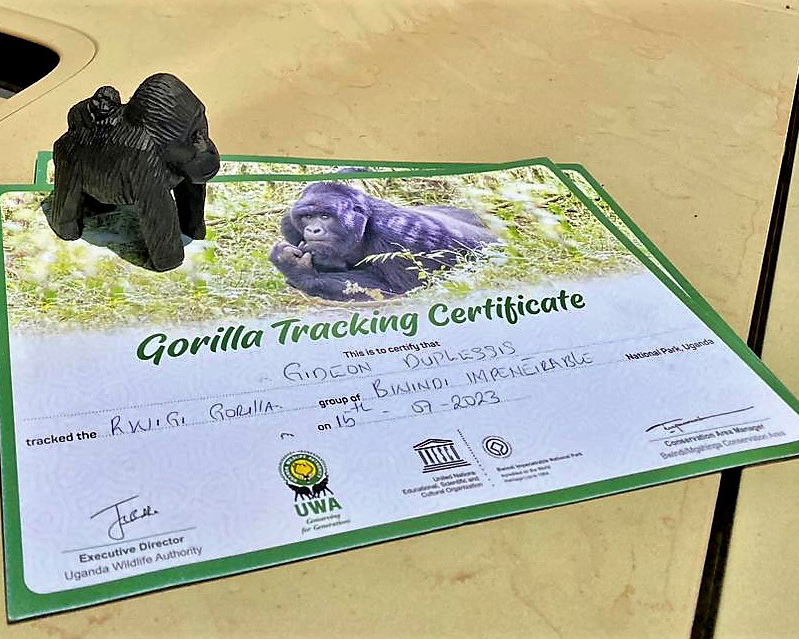
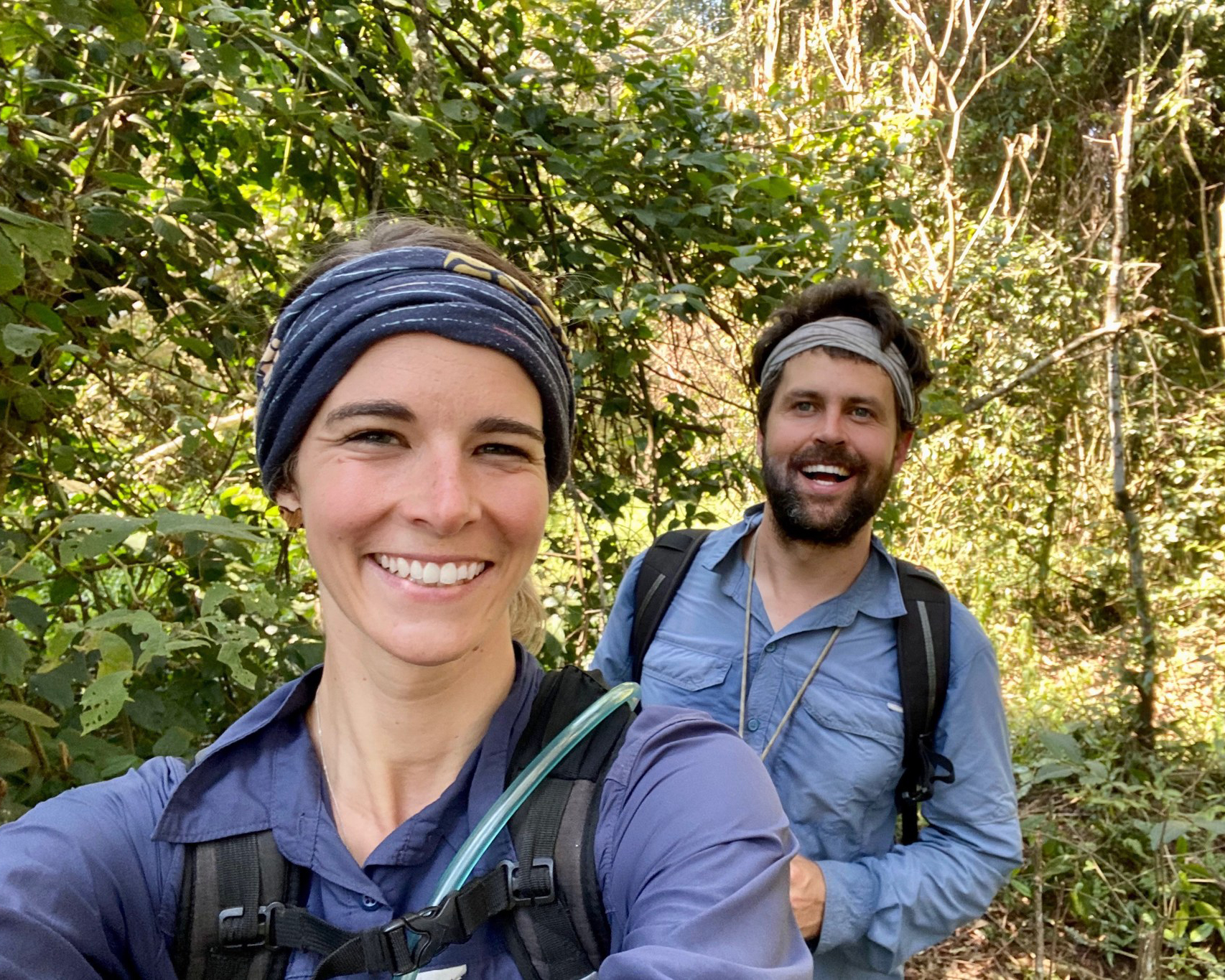
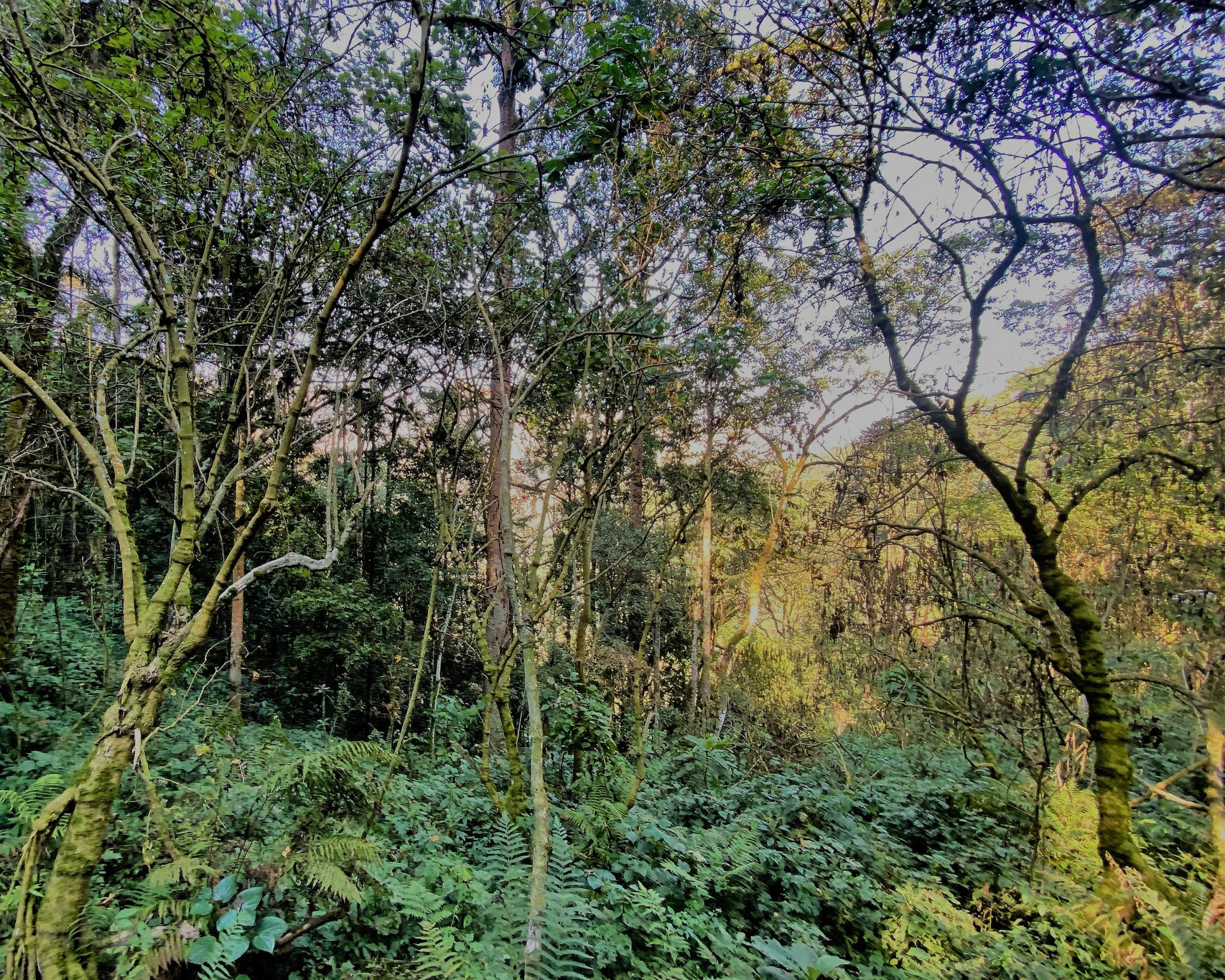
As we reminisce over our adventures in Uganda, we think of the variety of wonders we experienced. Moist rainforests, euphorbia-studded plains, broad rivers, snow-capped mountains, powerful waterfalls and massive lakes. Gorillas, shoebills, lions, rare birds, chimpanzees, forest hogs, rare fish. Considering the lesser-known other half of his quote, we couldn’t agree more with Mr Churchill: ‘For magnificence, for variety of form and colour, for profusion of brilliant life – I say Uganda is truly the pearl of Africa.”
Some helpful trip tips:
- Gorillas
- Gorilla tracking permits are expensive and need to booked a few months ahead for an exact date.
- Uganda’s permits are about half the price of those in Rwanda.
- Bwindi Impenetrable Forest NP has four different base points from where various Gorilla groups can be tracked – we departed from Rushaga.
- You cannot book your permits directly with UWA anymore. A tour operator must book it on your behalf and they add a handling fee. We used Kabiza Safaris (kabiza.com), who did not add a large fee, sent us proof of the permits in advance, and had the originals delivered to us when we stayed near Entebbe to avoid us missioning into Kampala. We highly recommend them!
- Tracking gorillas in Bwindi is physically tough as the mountain forests are very steep and dense. Take enough water, snacks and rain-proof gear!
- Queen Elizabeth National Park
- The park has three main sectors split by national through-roads:
– Mweya (along the Kazinga channel with riverine thickets)
– Kasenyi (next to Lake George with open plains)
– Ishasha (bordering the DRC)
- There are public and cheap campsites in the Mweya and Ishasha sectors.
- Ishasha is famous for its fig tree-climbing lions, but we saw many lions in the other sectors too – some even in Euphorbia trees.
- Campsites
- Fort Portal: Kluge’s Guest Farm is fantastic, clean and neat. Here you can also enjoy their great food, the host’s generous hospitality and look for colobus monkeys in the forest. (klugesguestfarm.com)
- Queen Elizabeth National Park: Inside the park, we camped at the wild Mweya campsite 1 – it has an amazing view of the Kazinga channel! Just outside the park, we camped at Songbird, a beautiful place with very friendly owners. (songbirdsafaris.com)
- Lake Bunyonyi: We camped at the Lake Bunyonyi Overland Resort right on the edge of the lake – a magnificent view! (bunyonyioverland.com)
- Bwindi Impenetrable Forest National Park: At the Rushaga sector there are not many camping options, so we camped at the Rushaga Gorilla Camp, a high-end lodge that also caters for overlanders. Although not cheap, it is right on the edge of the forest and their meals are worth the spoil after a long trekking day! (rushaga.com)
